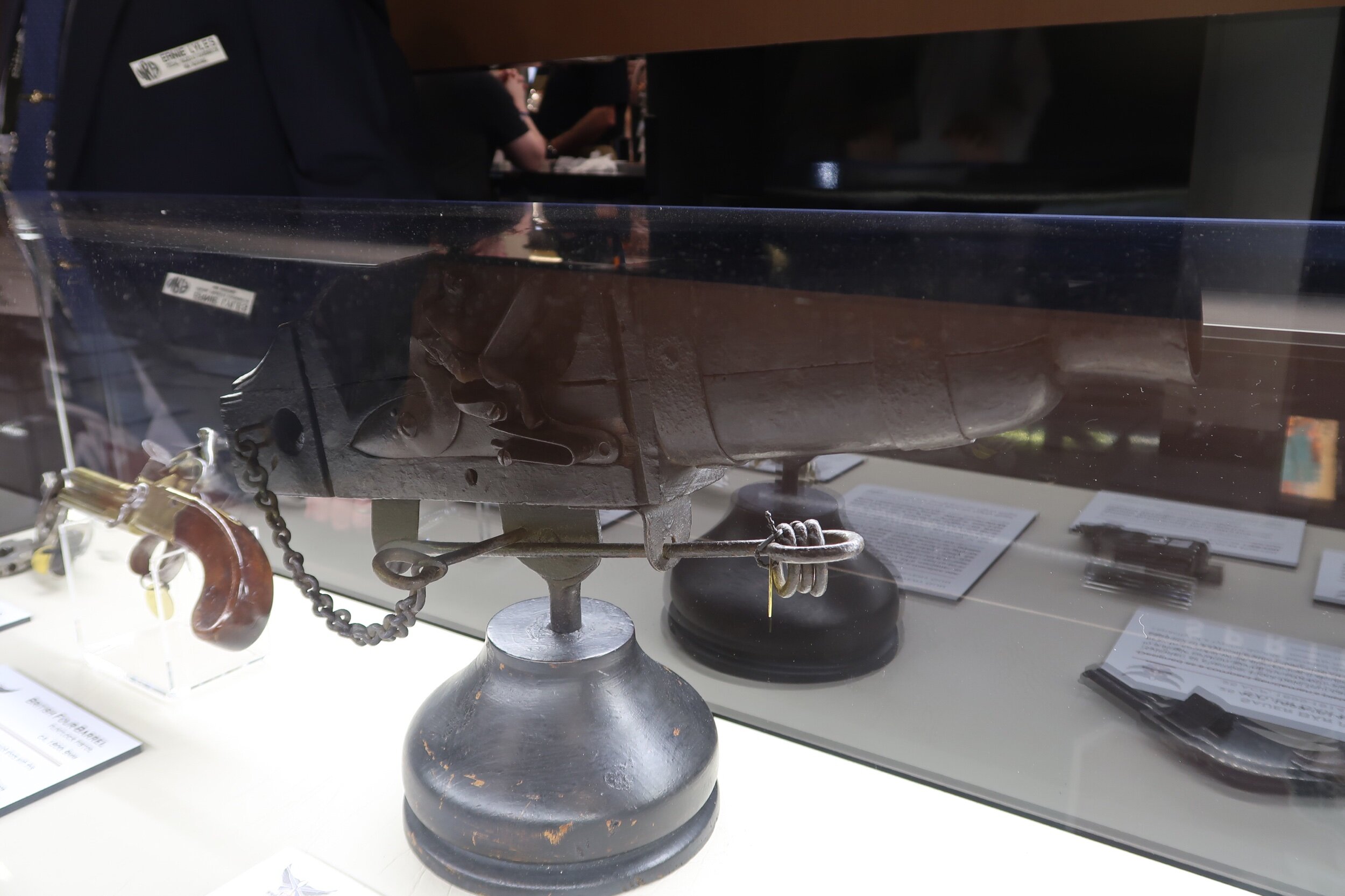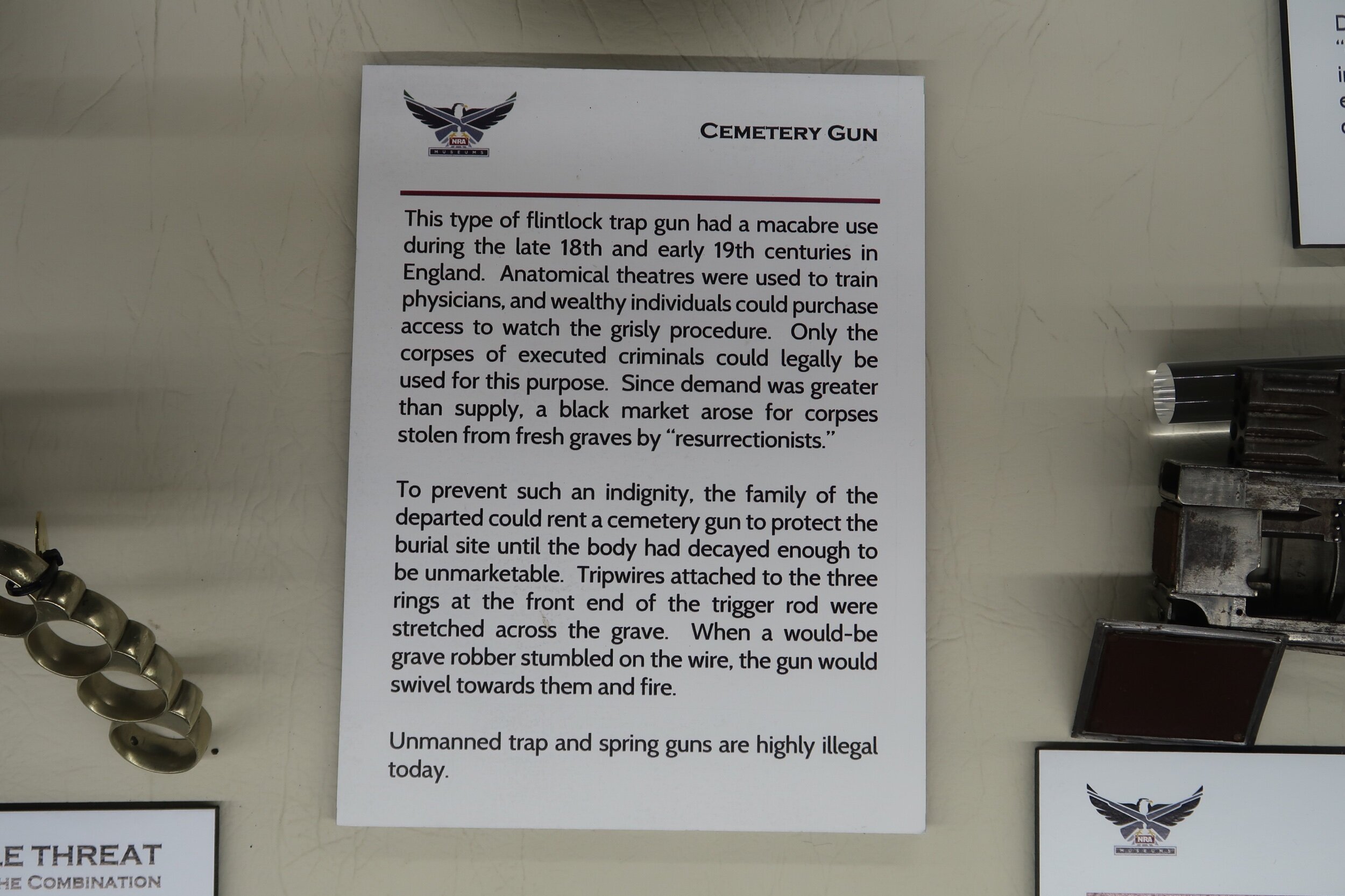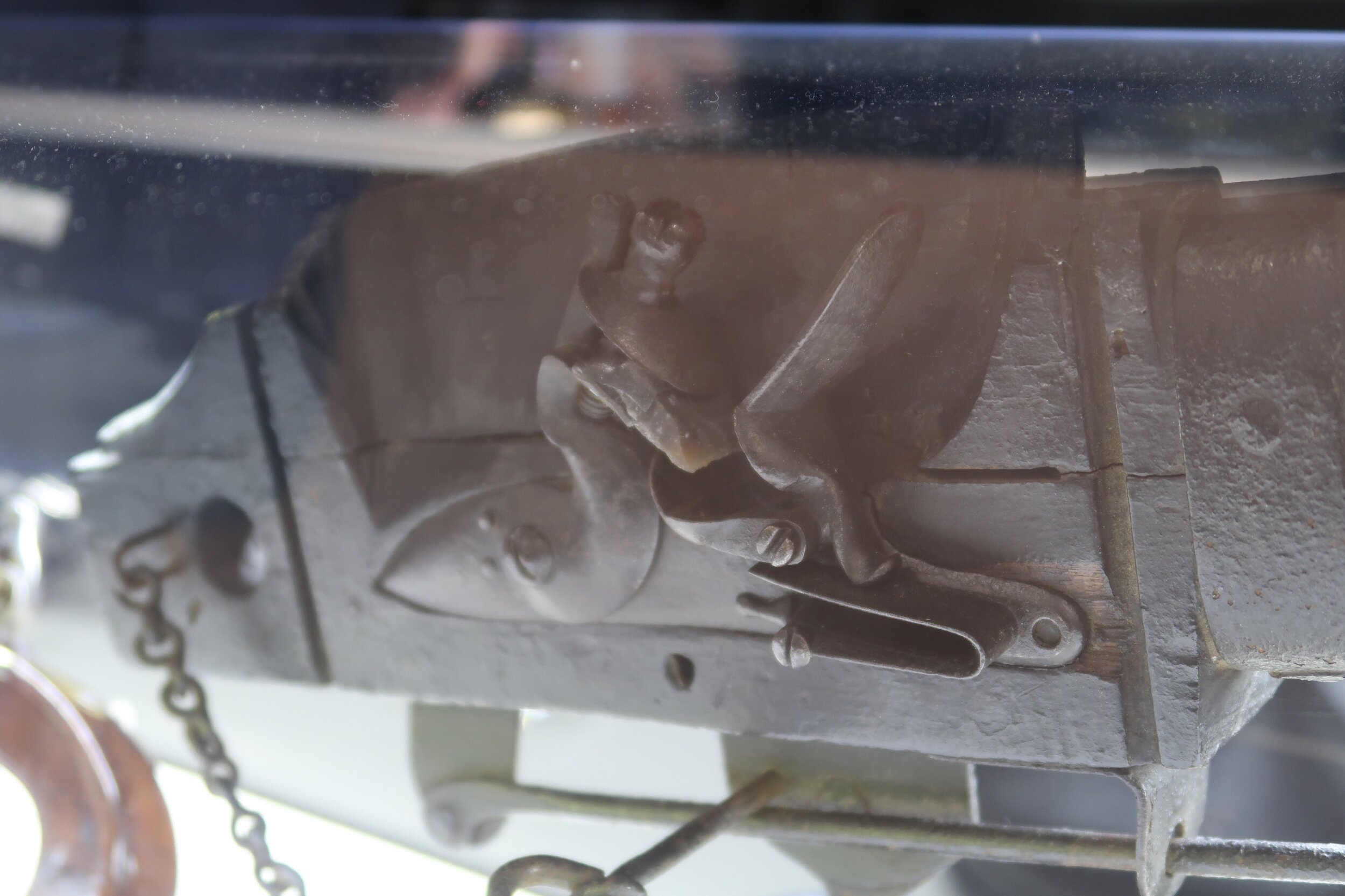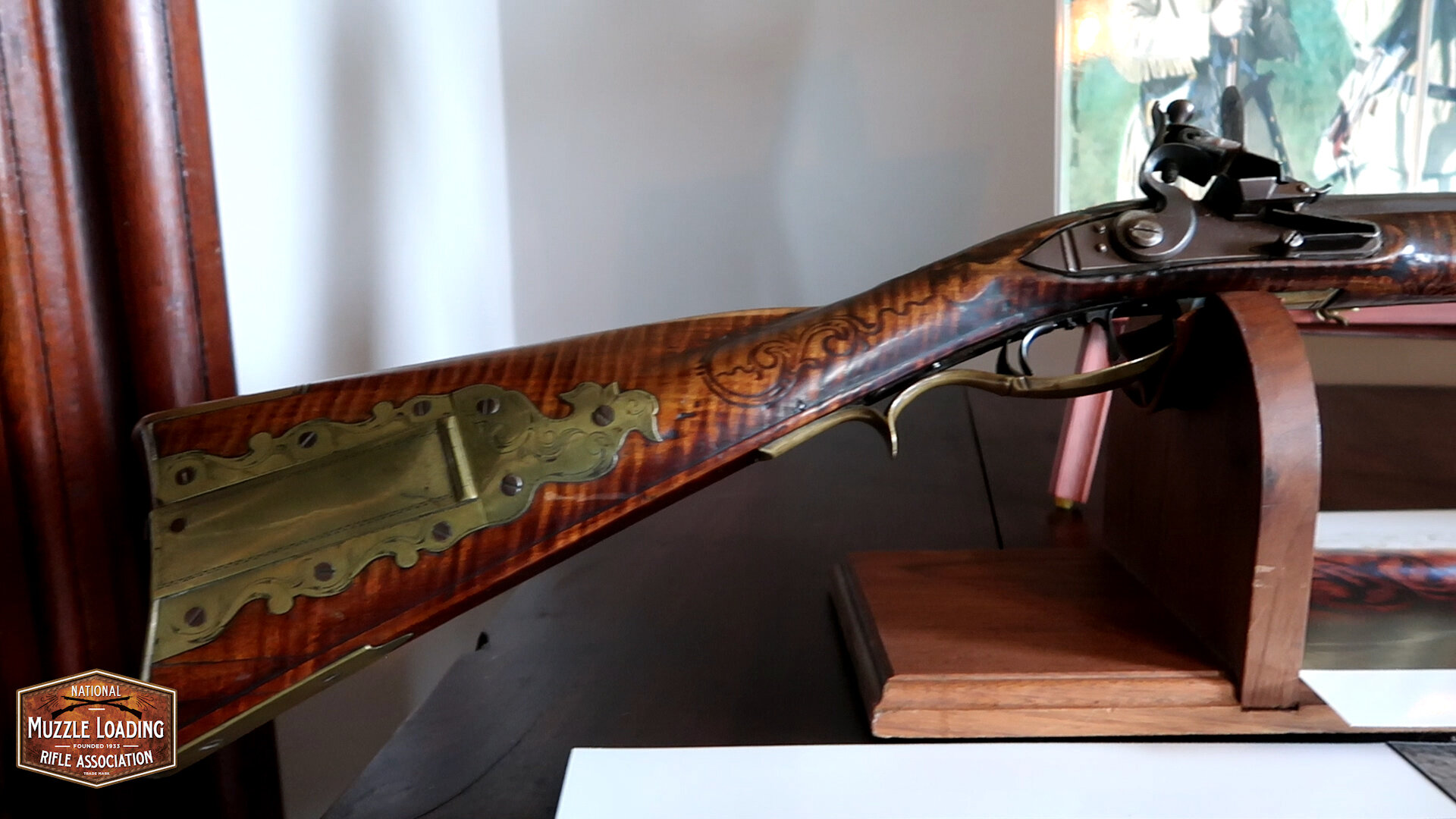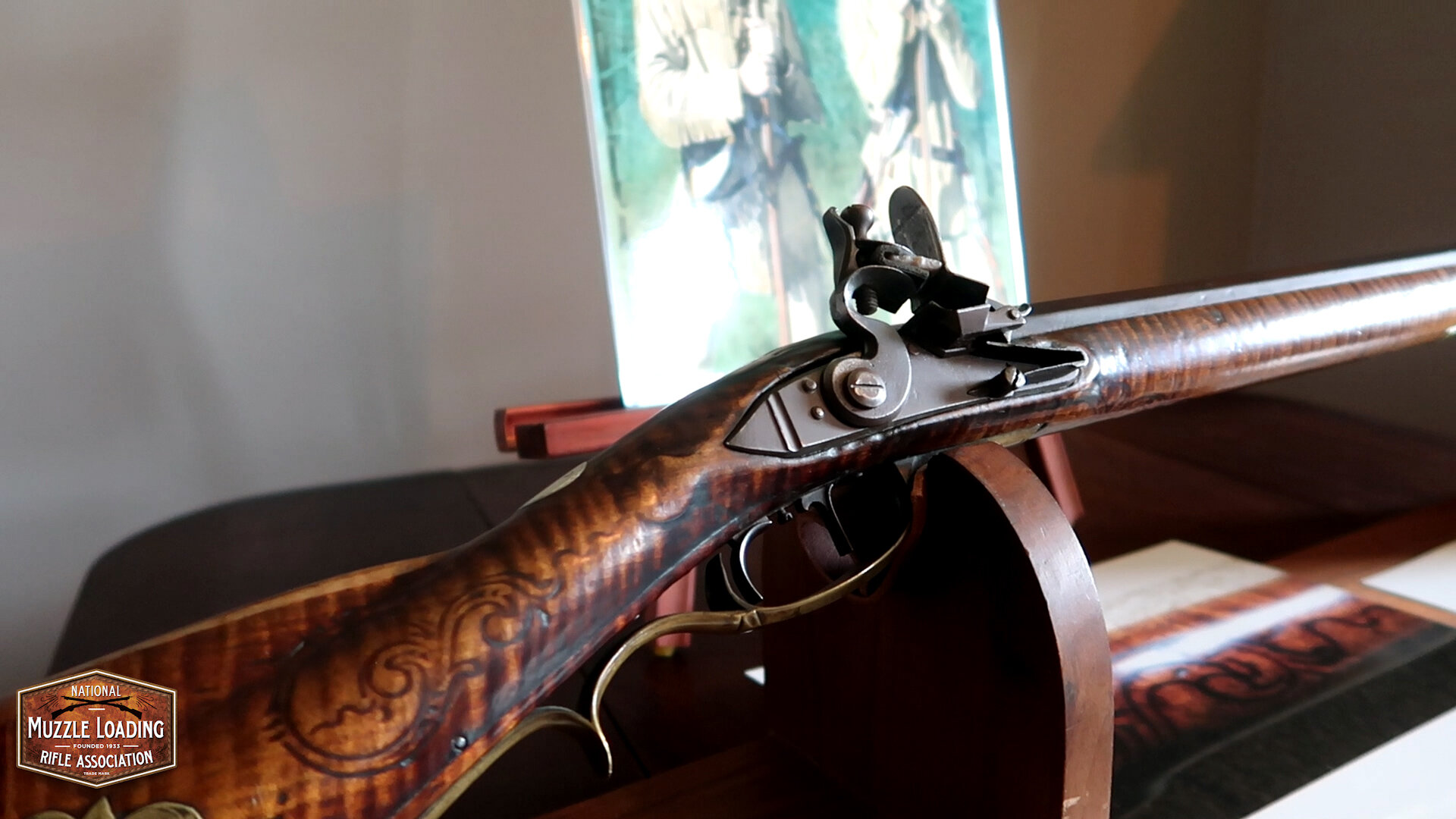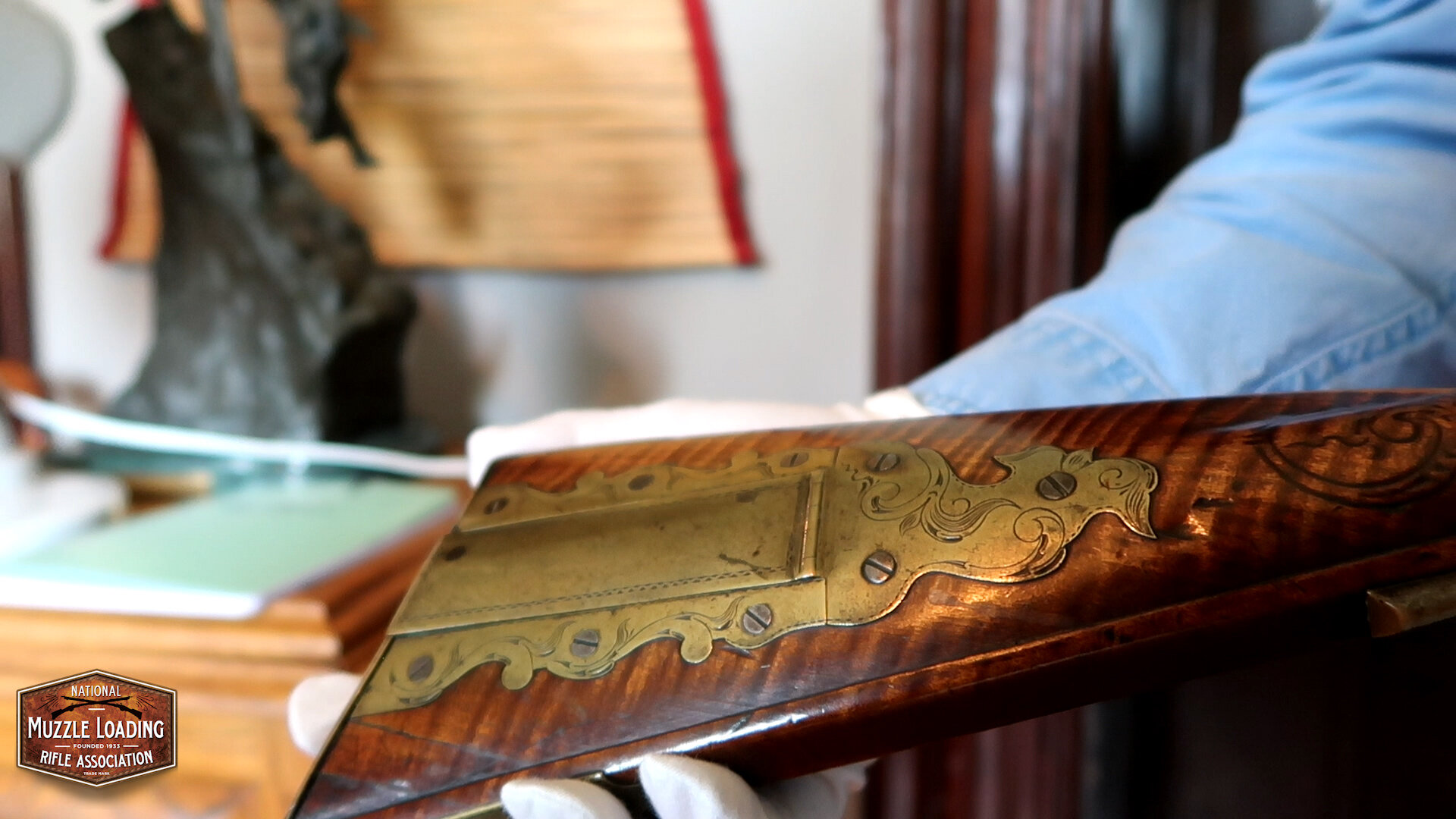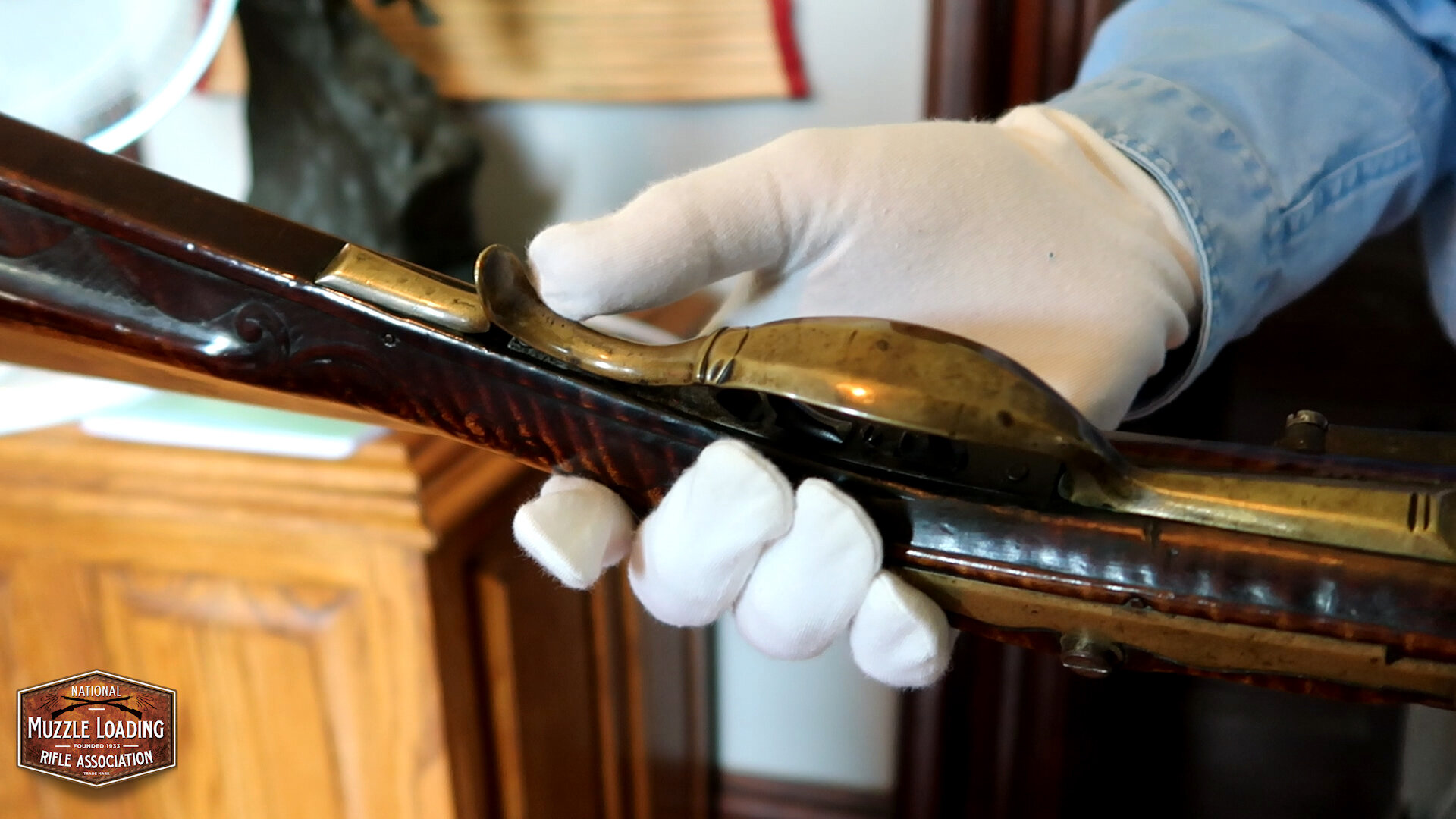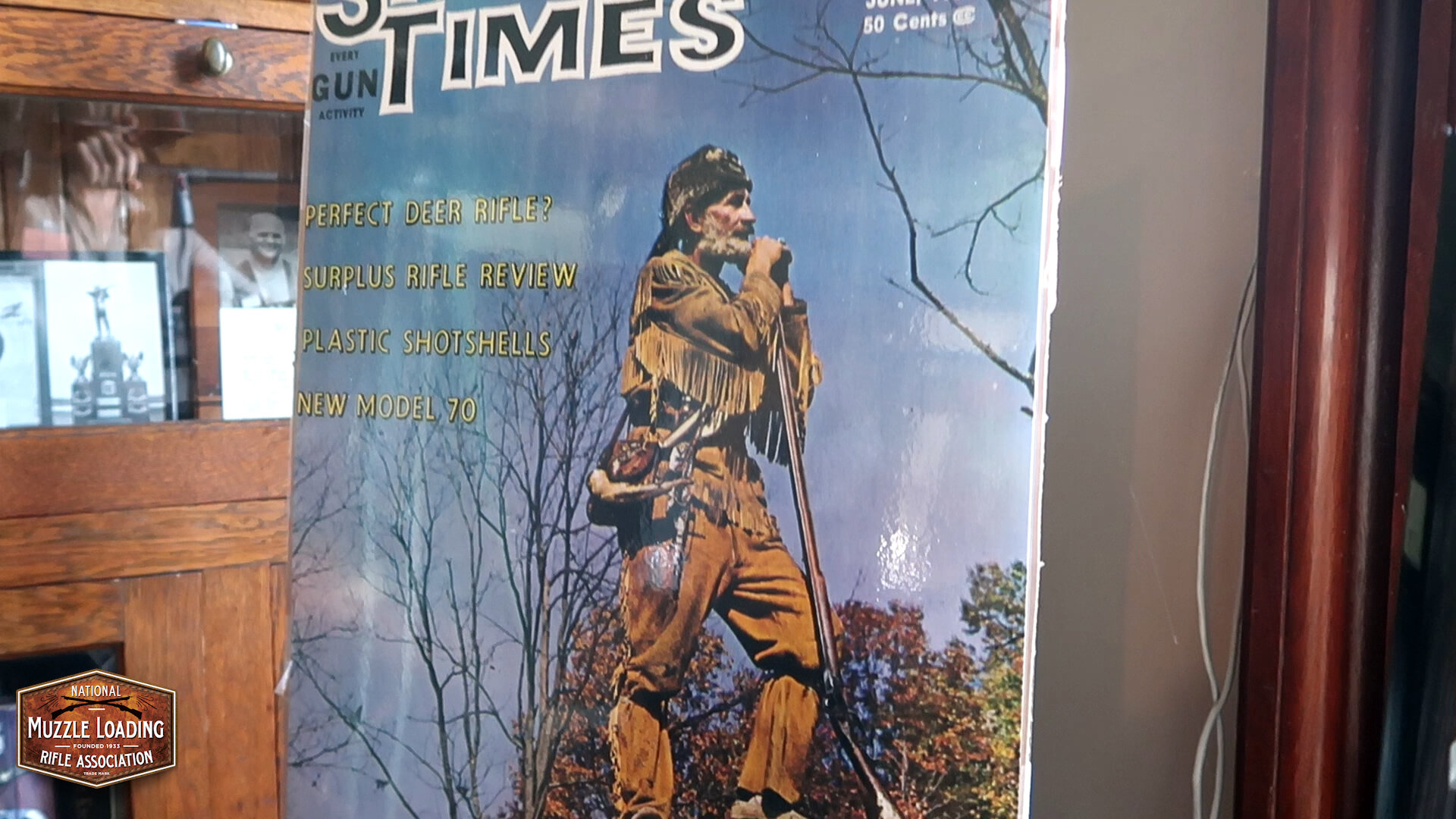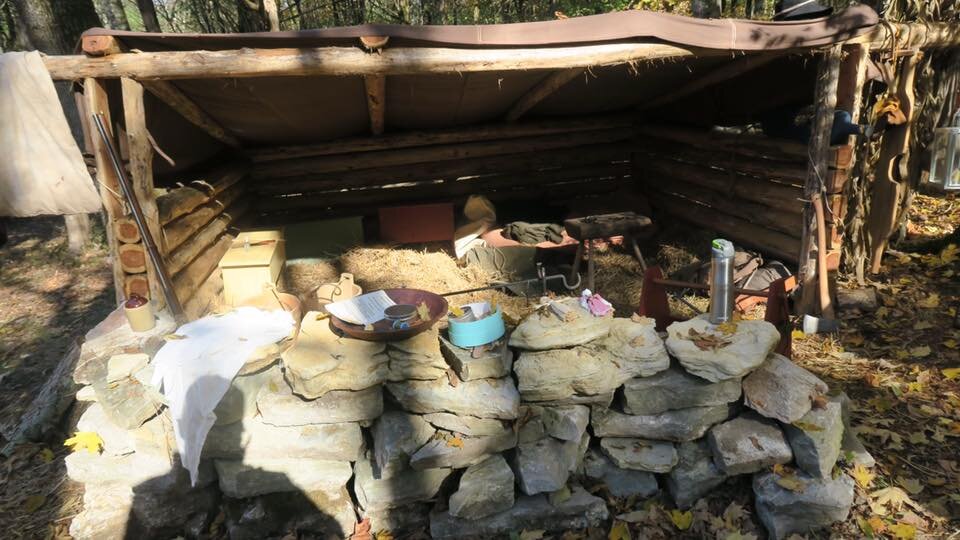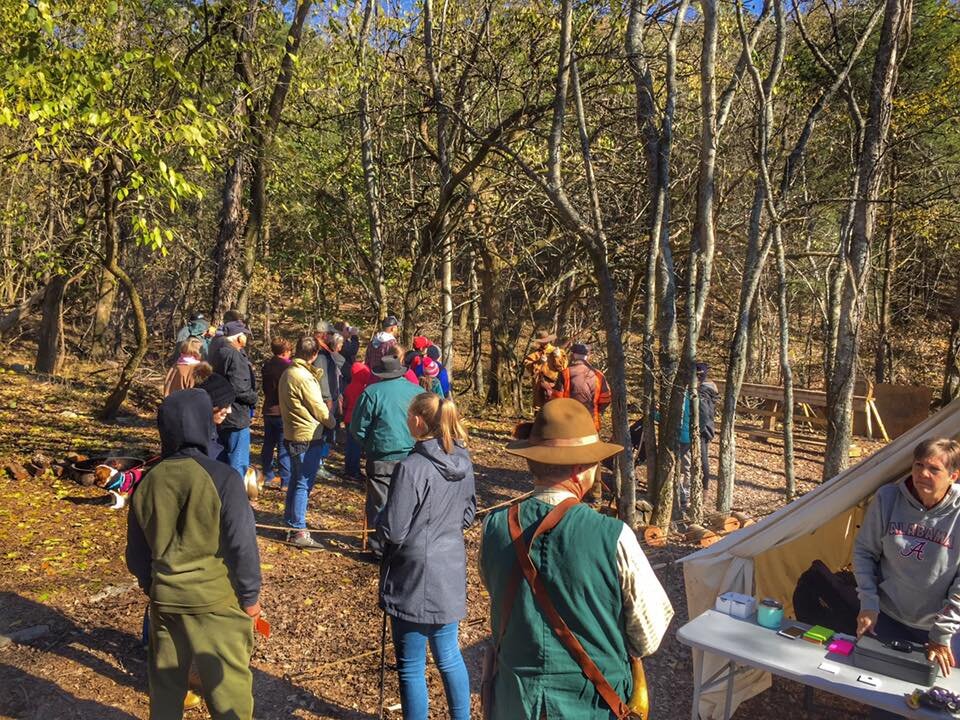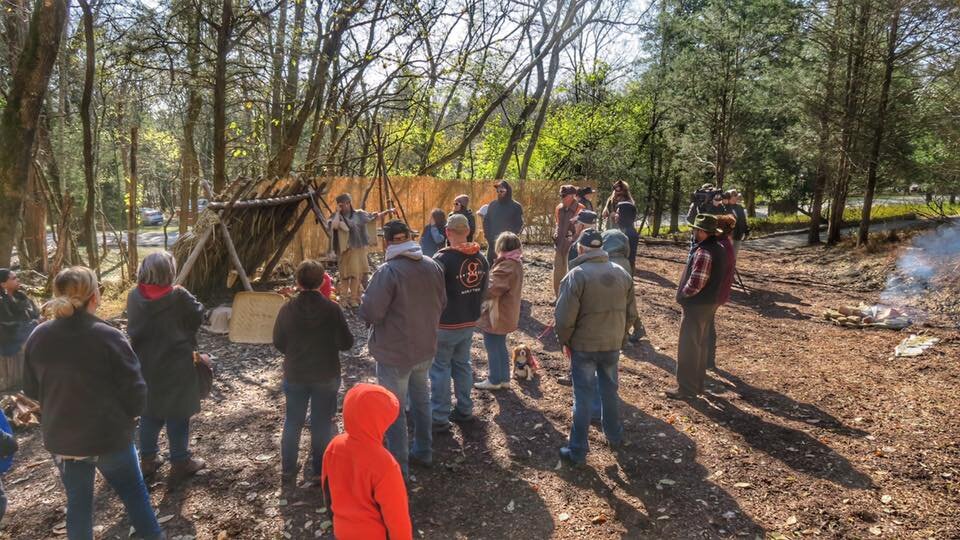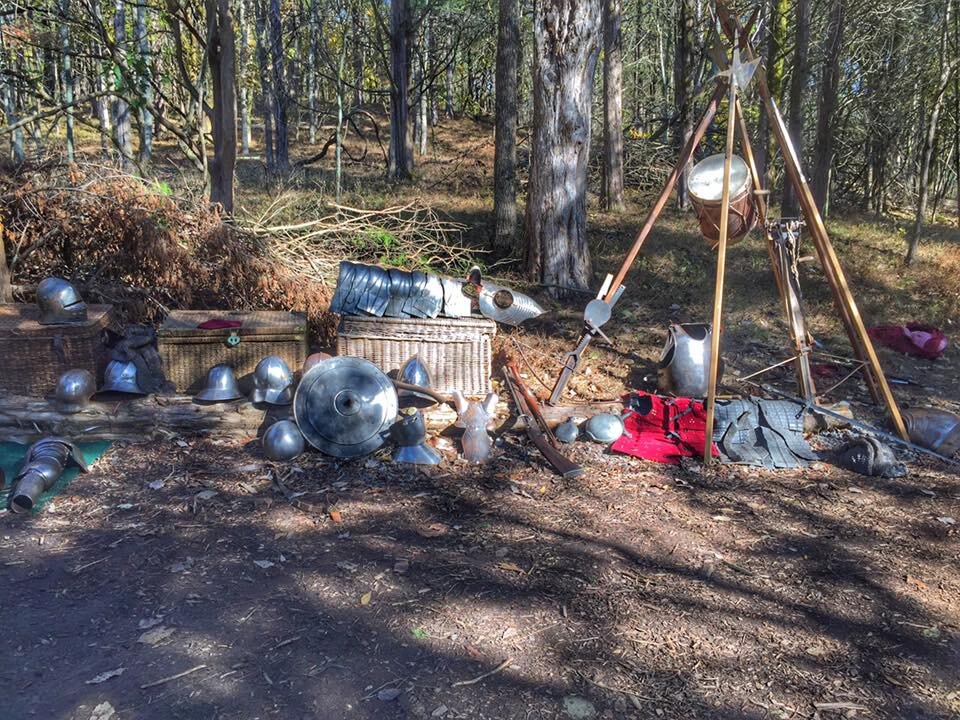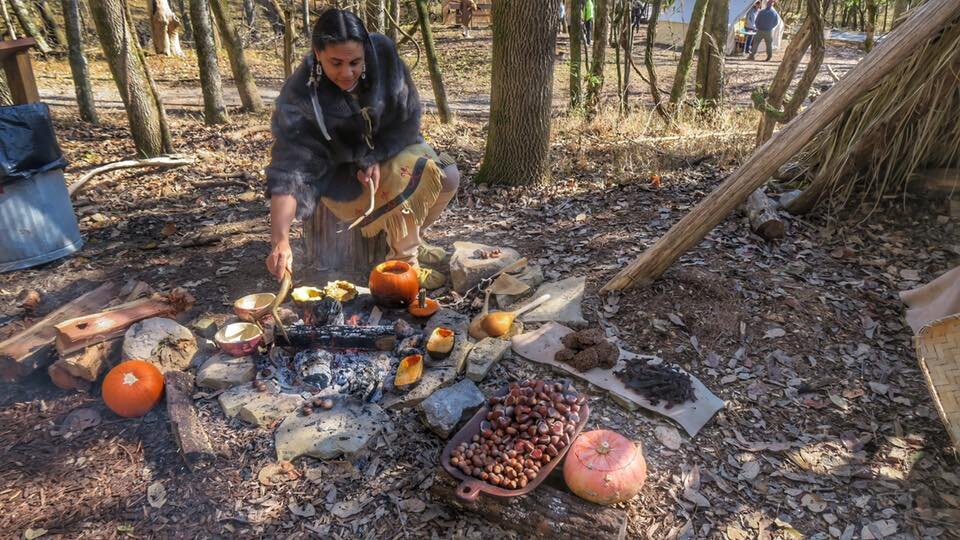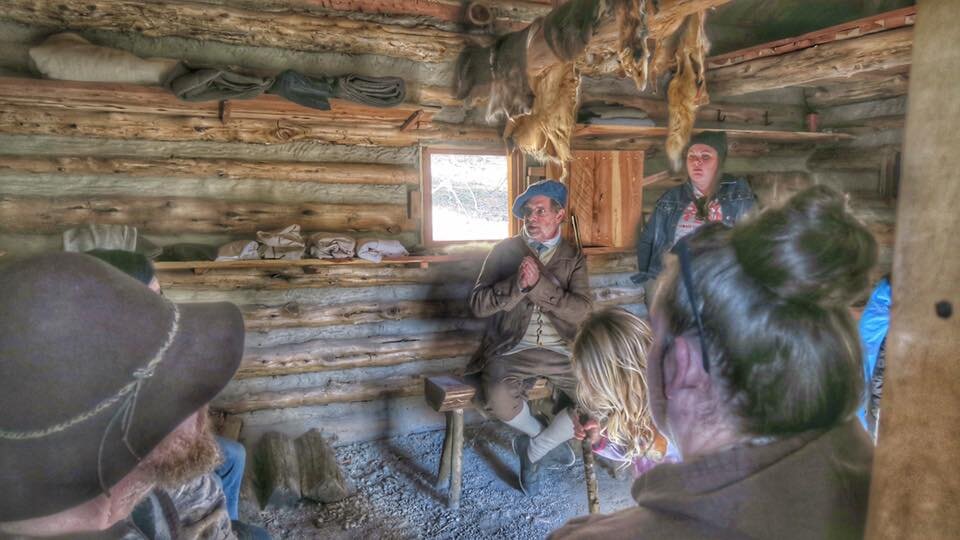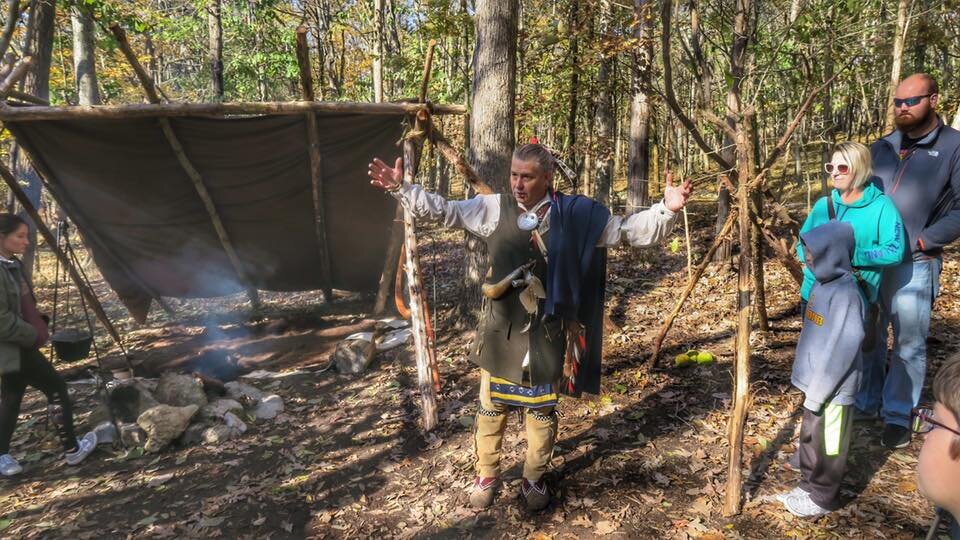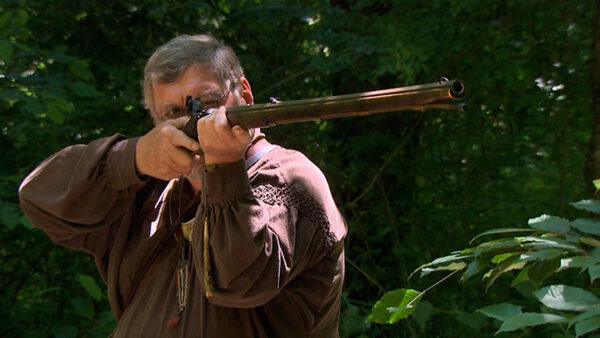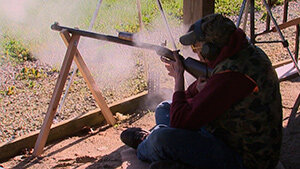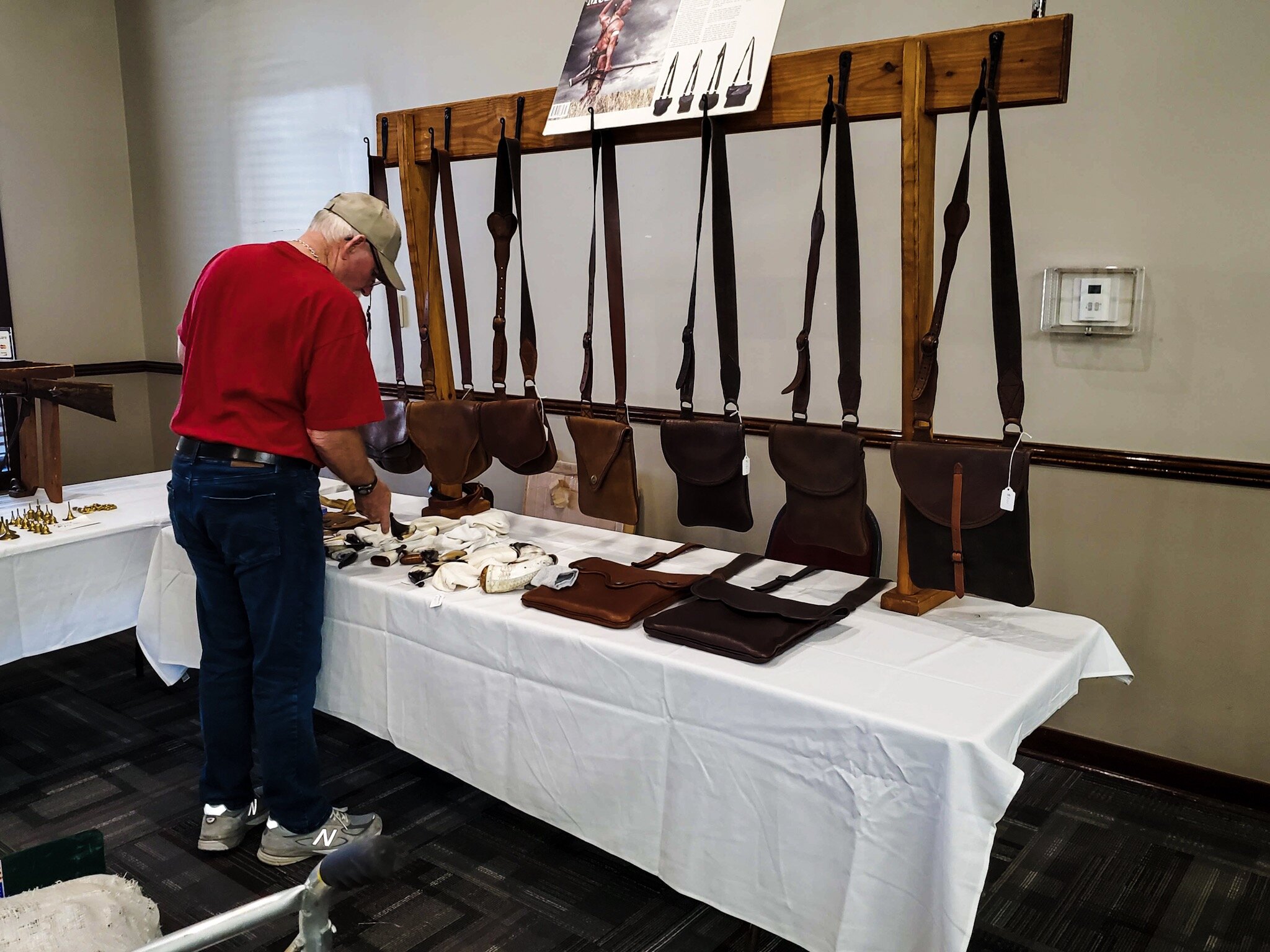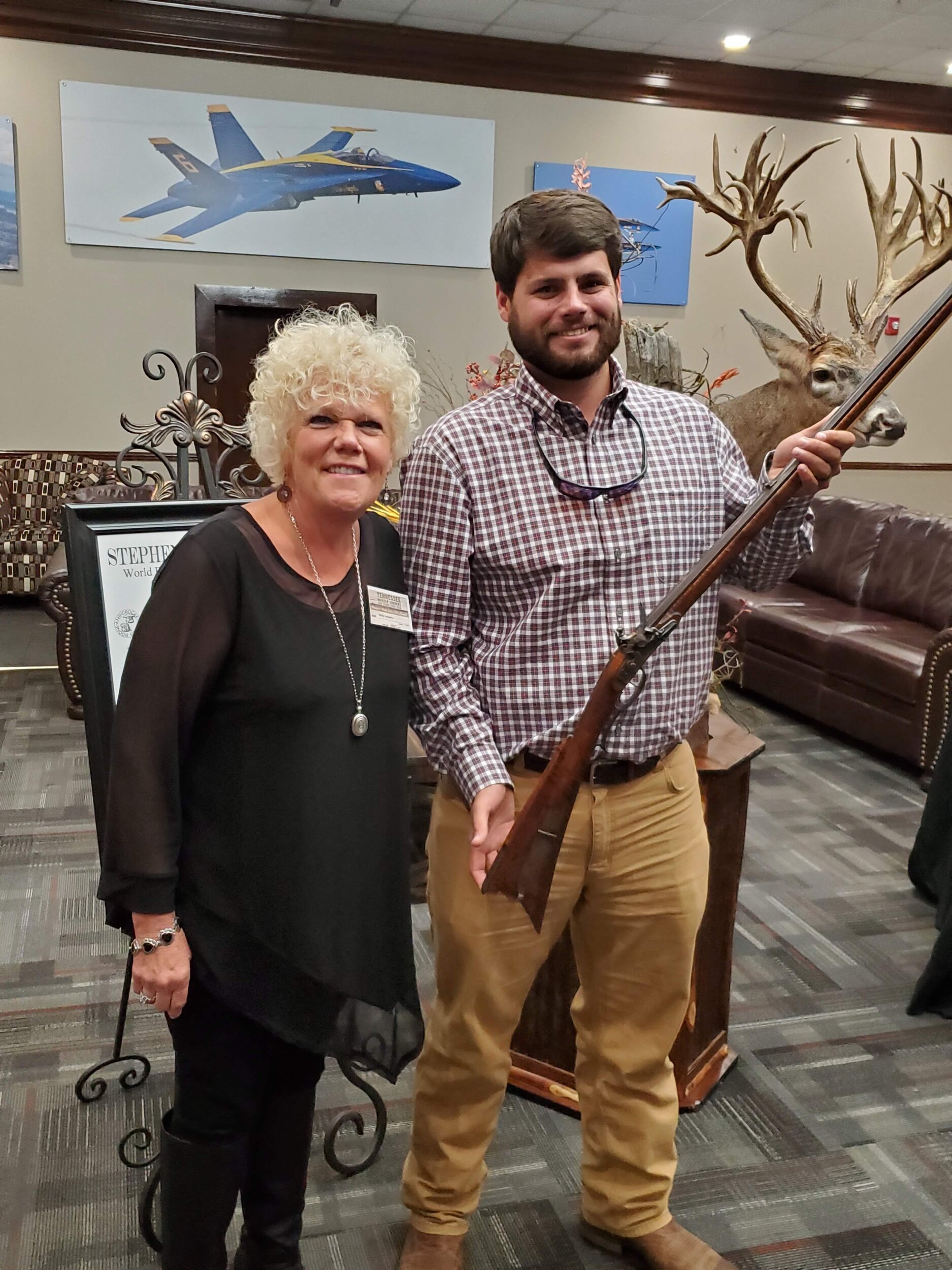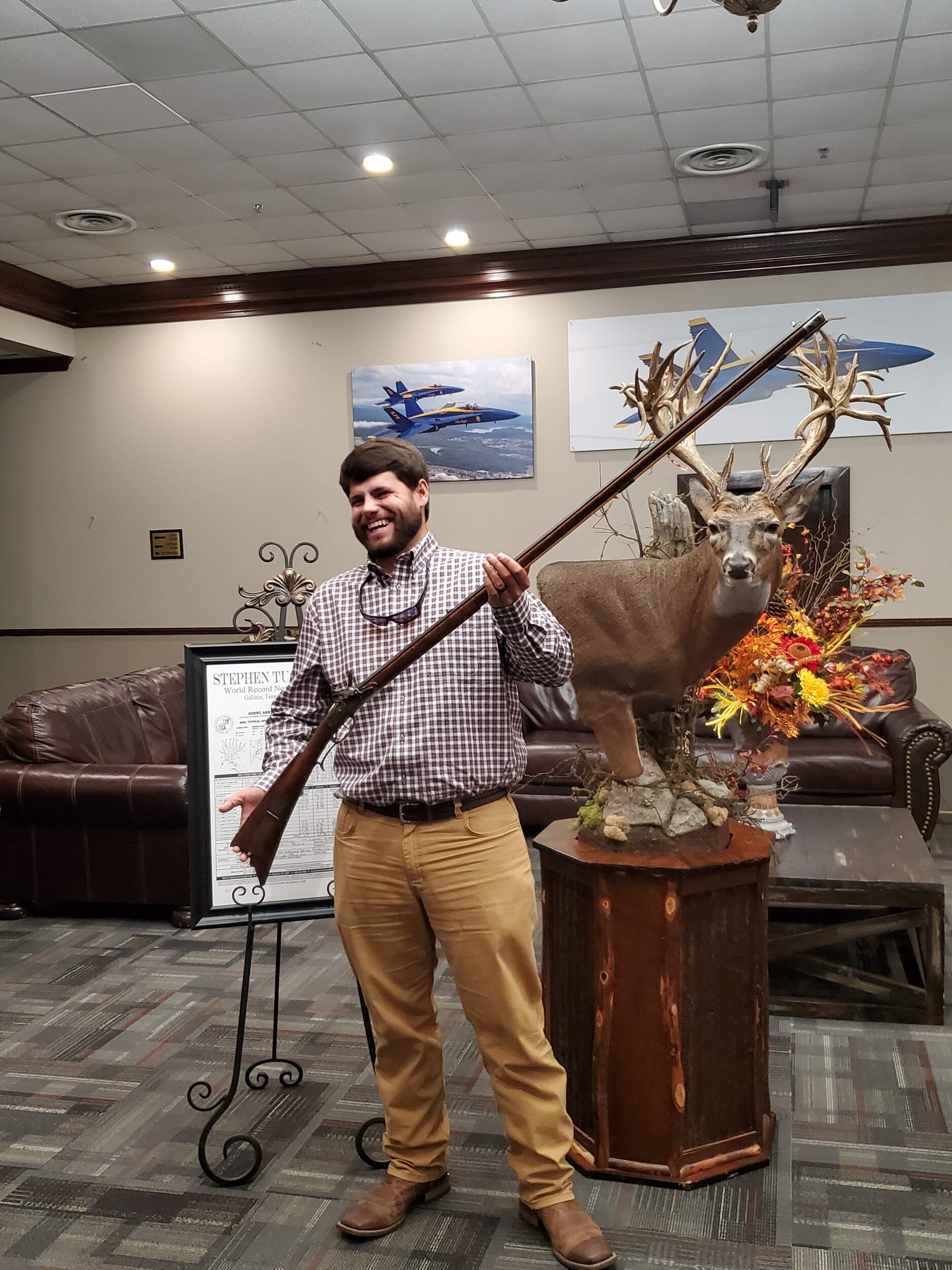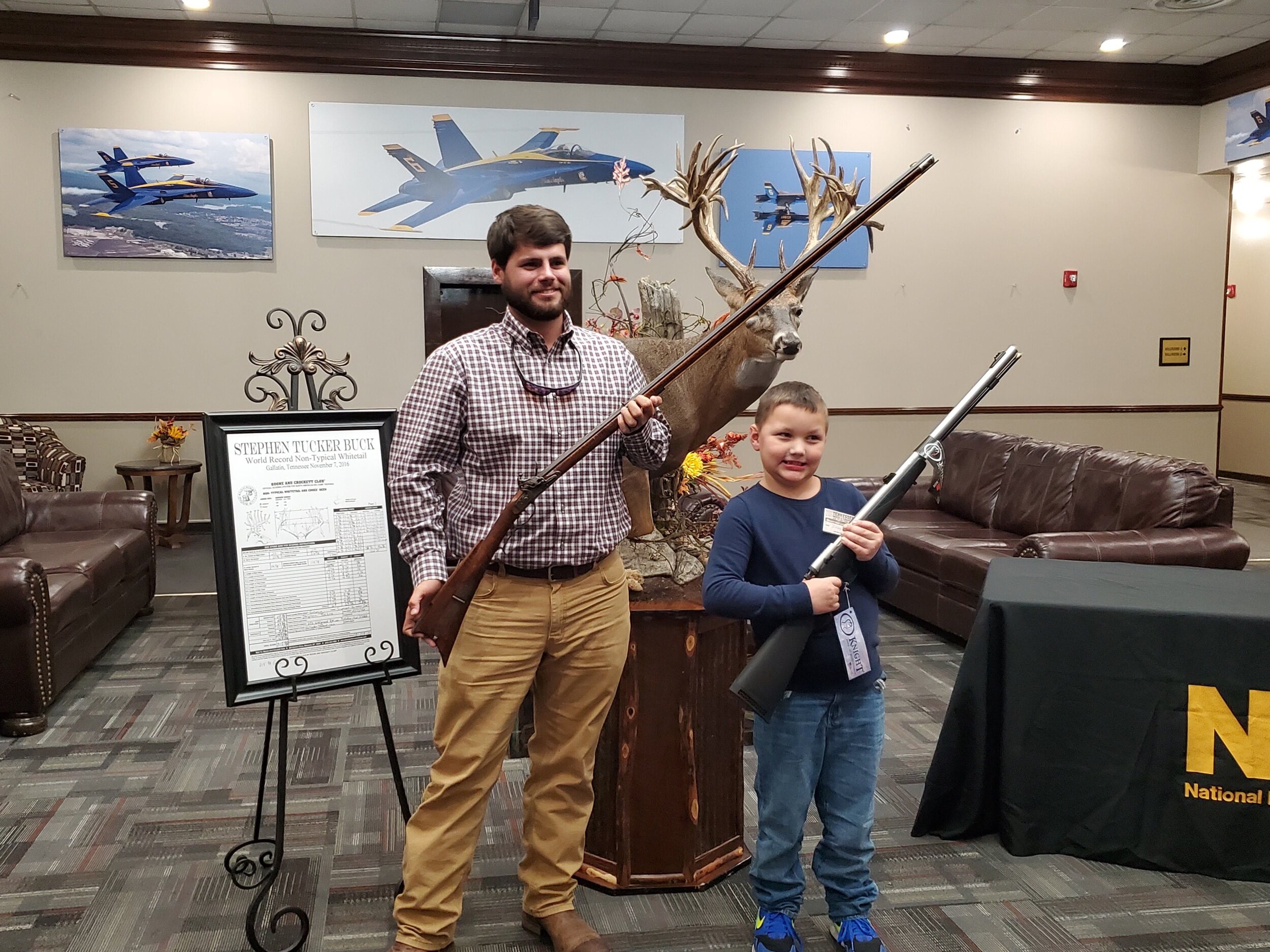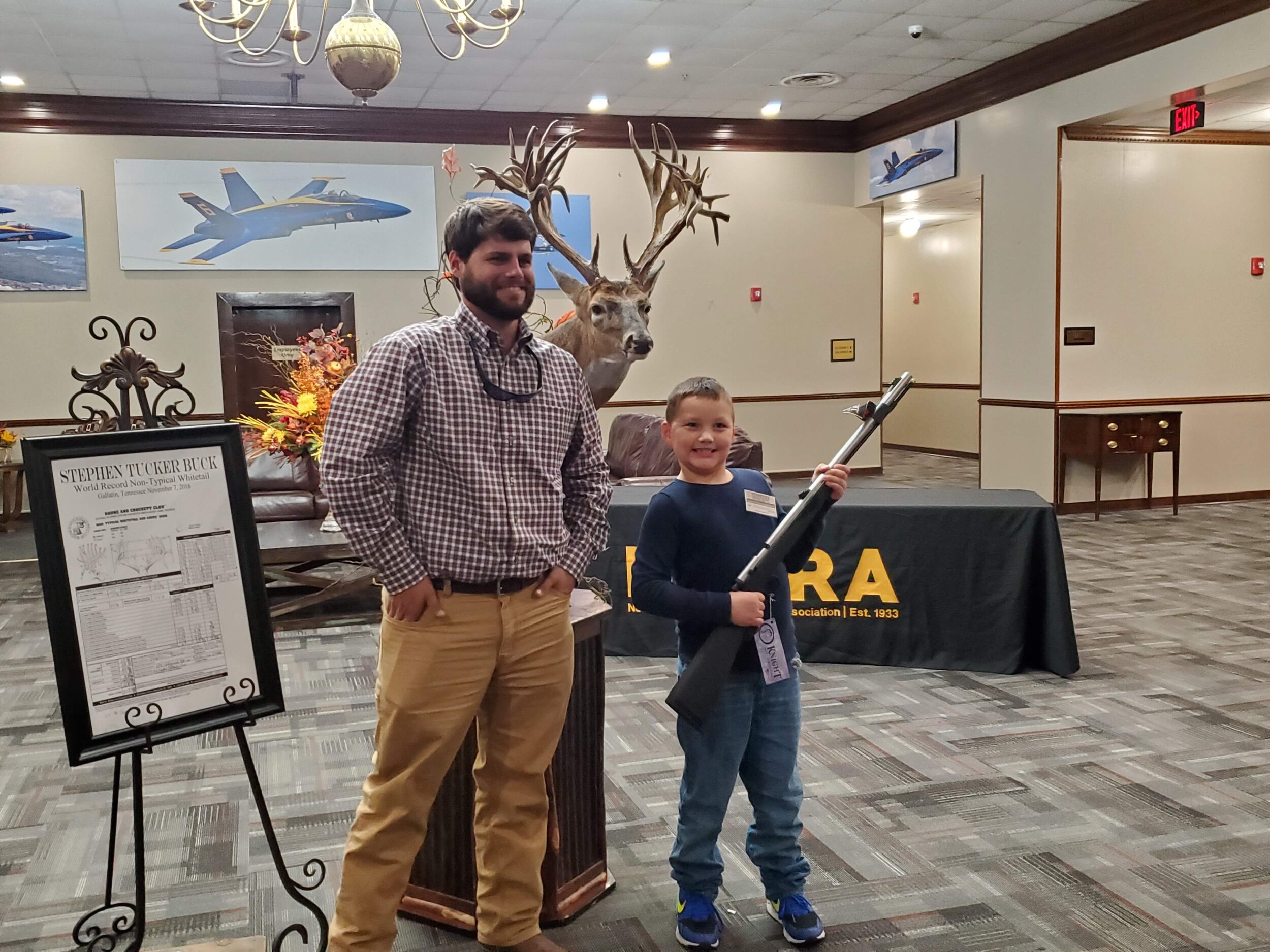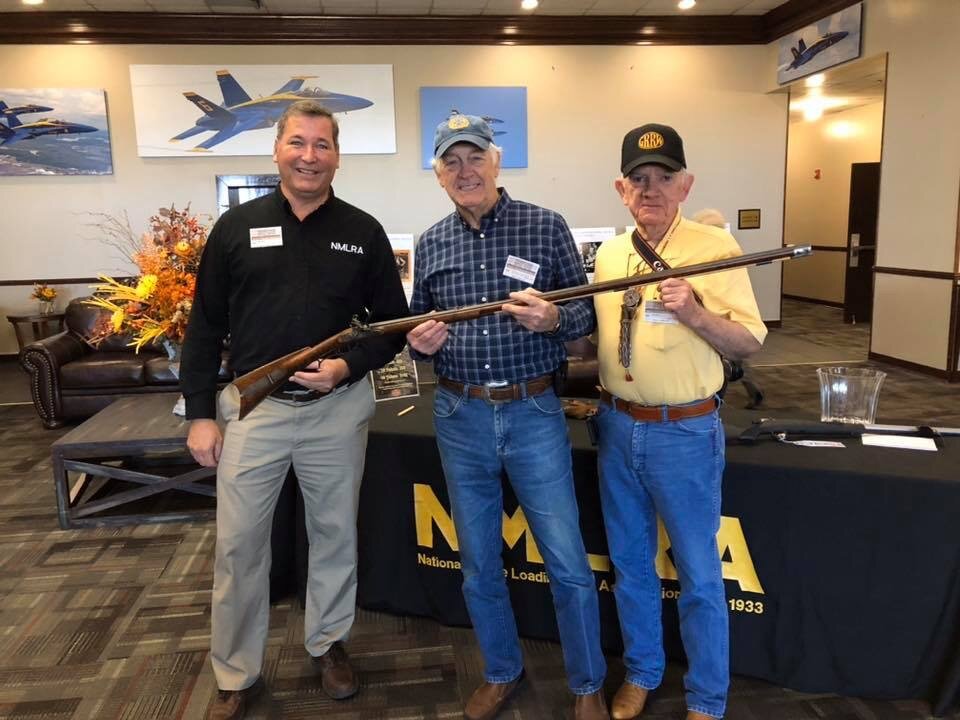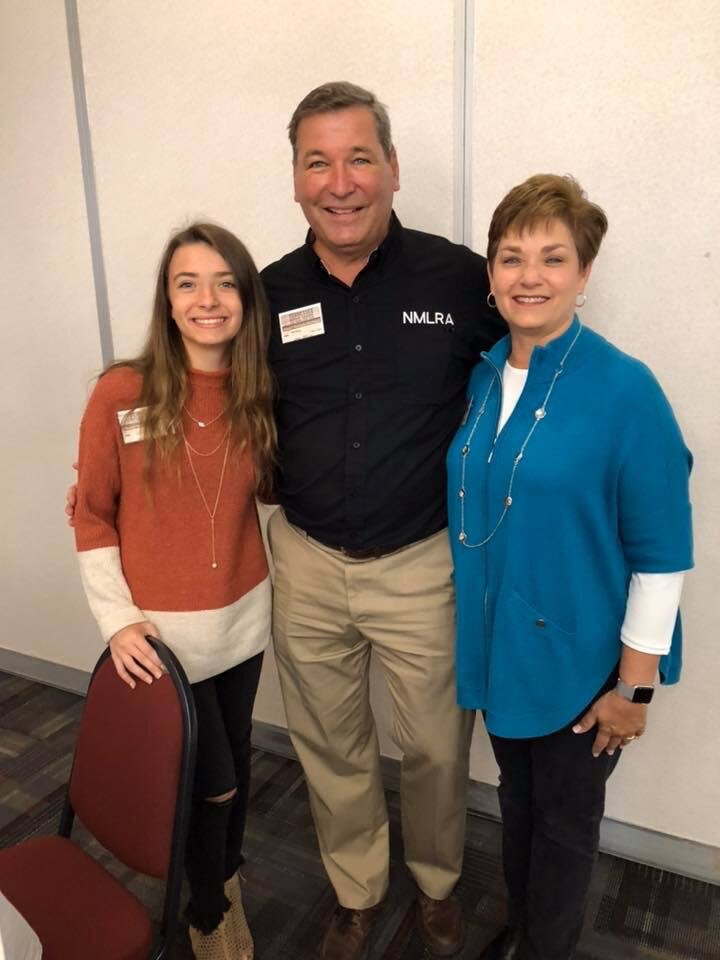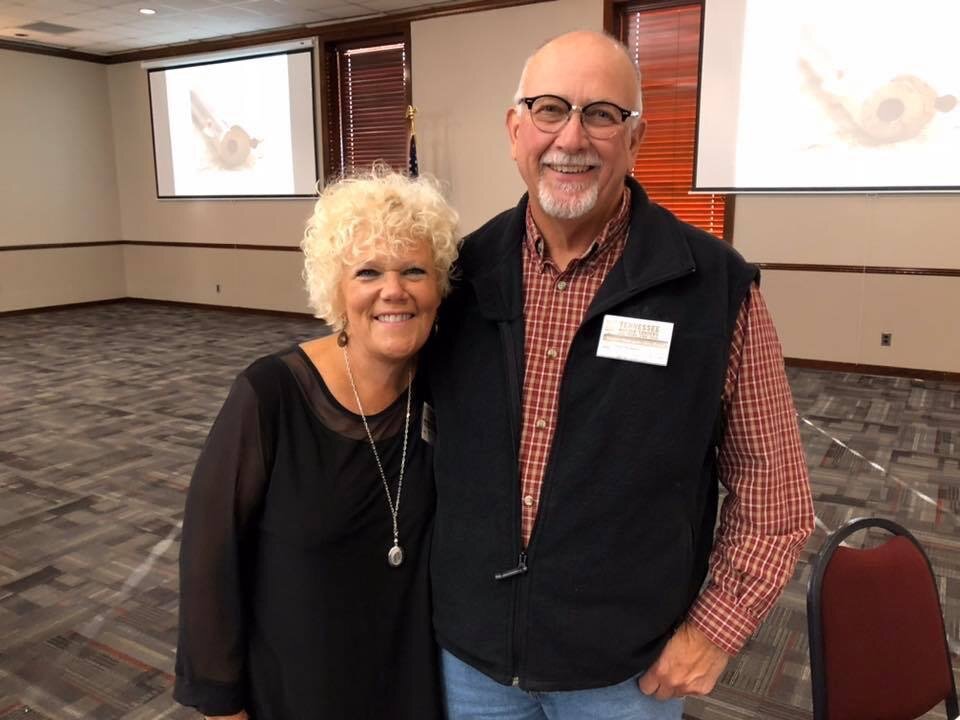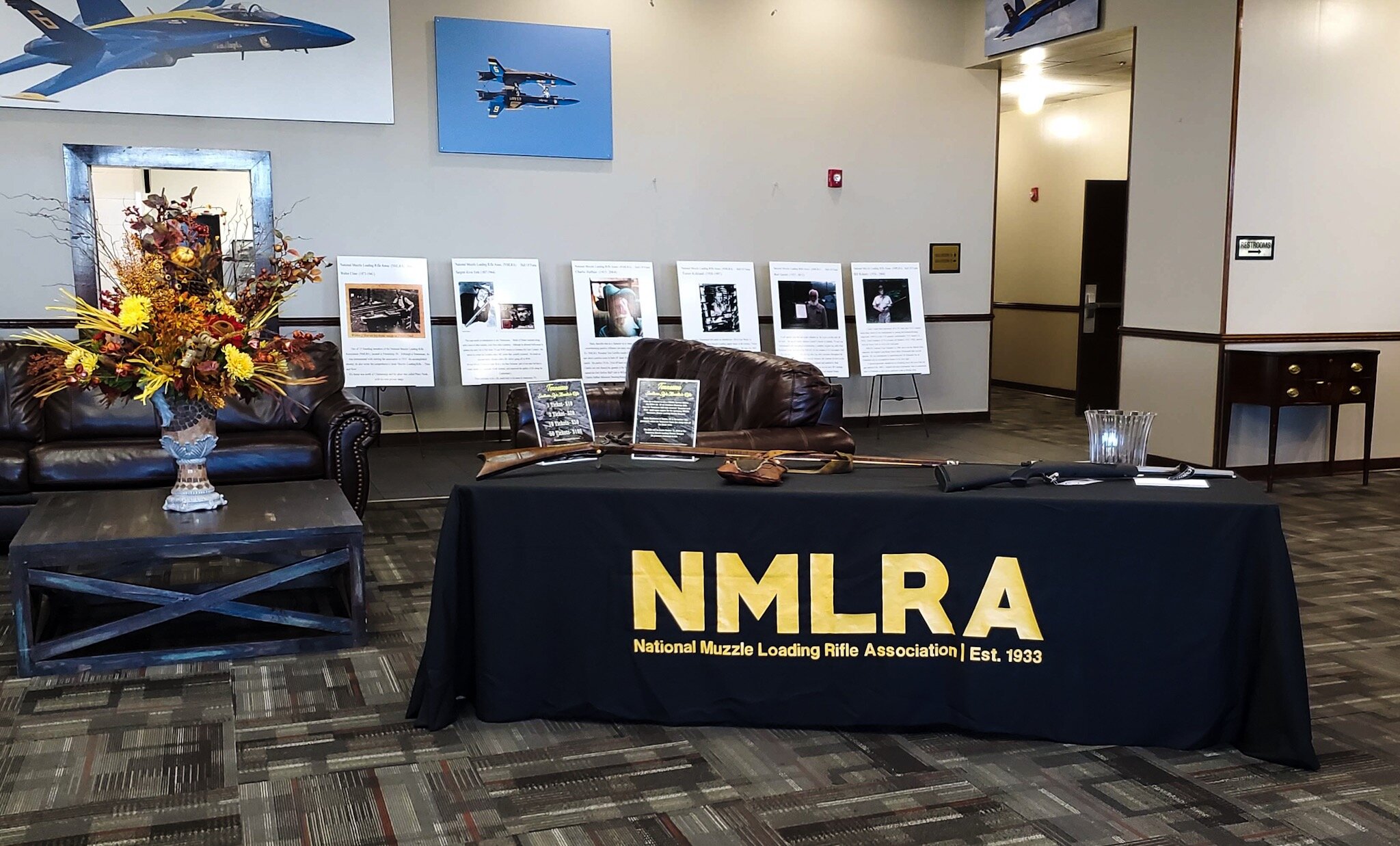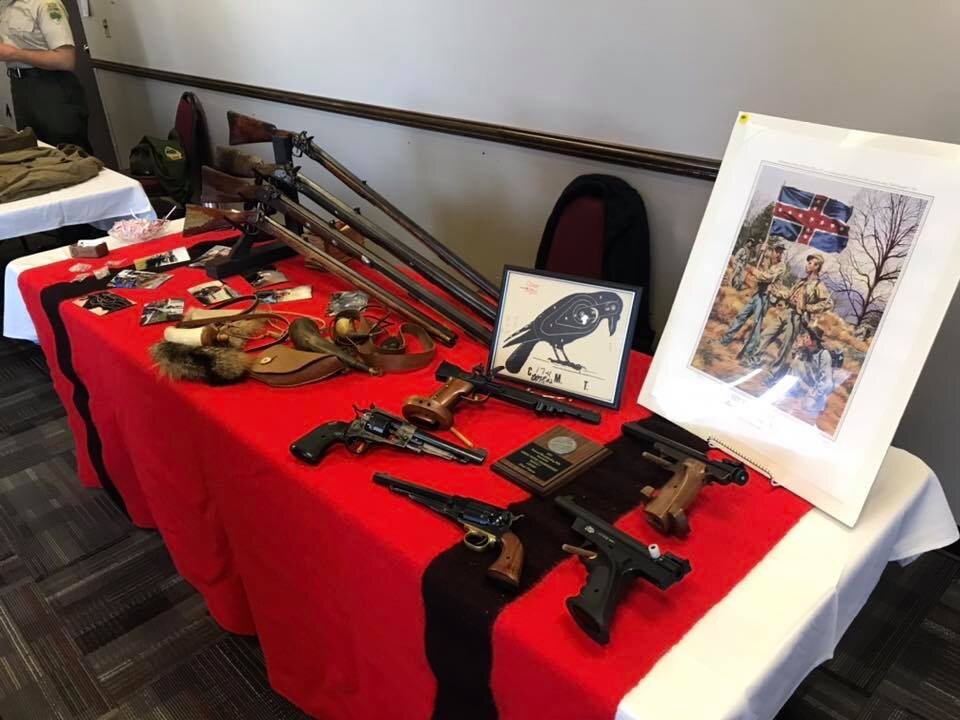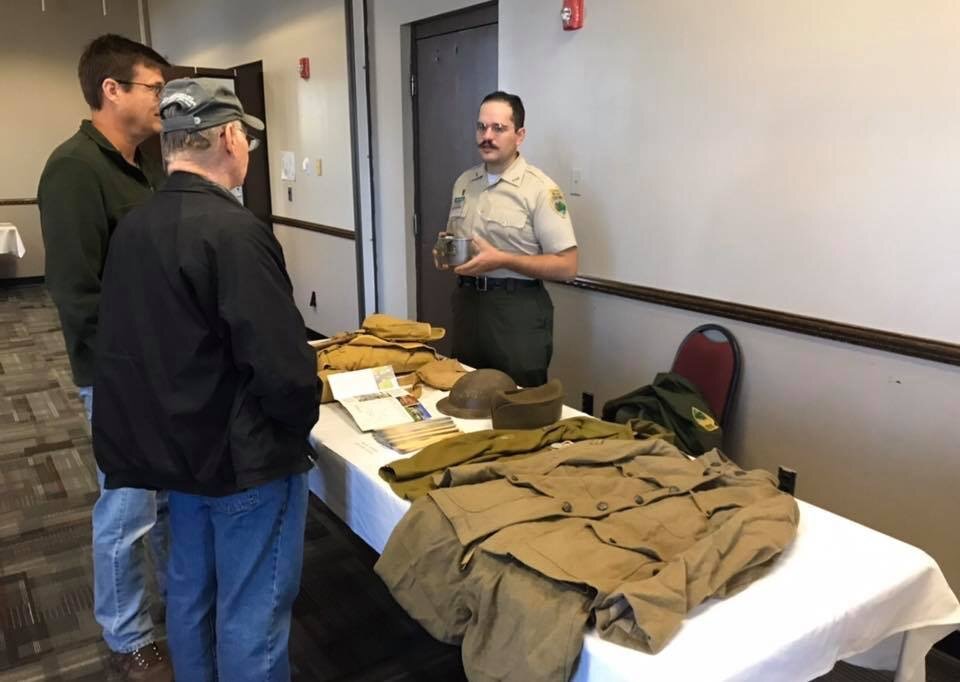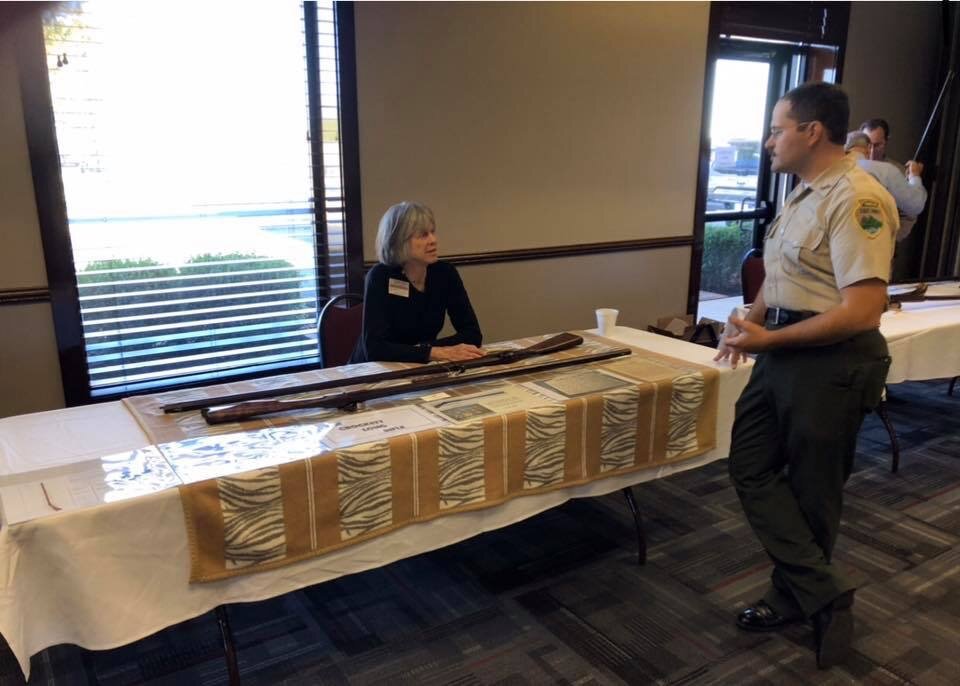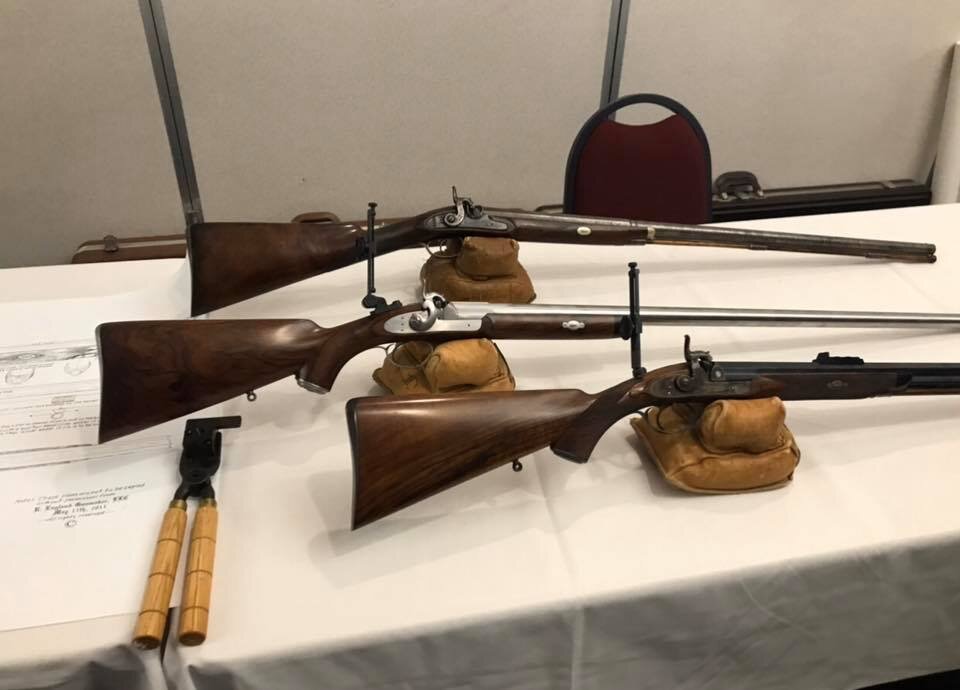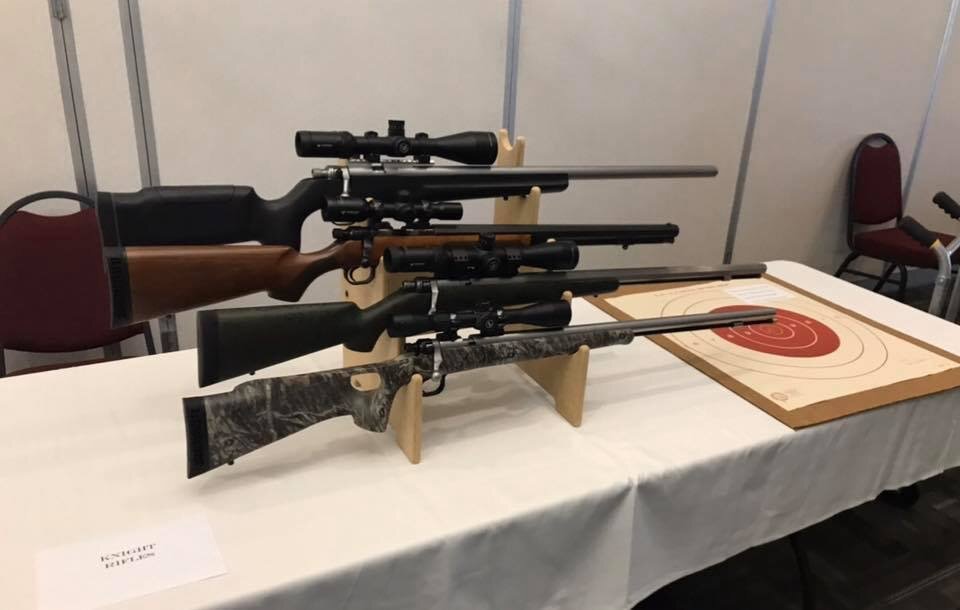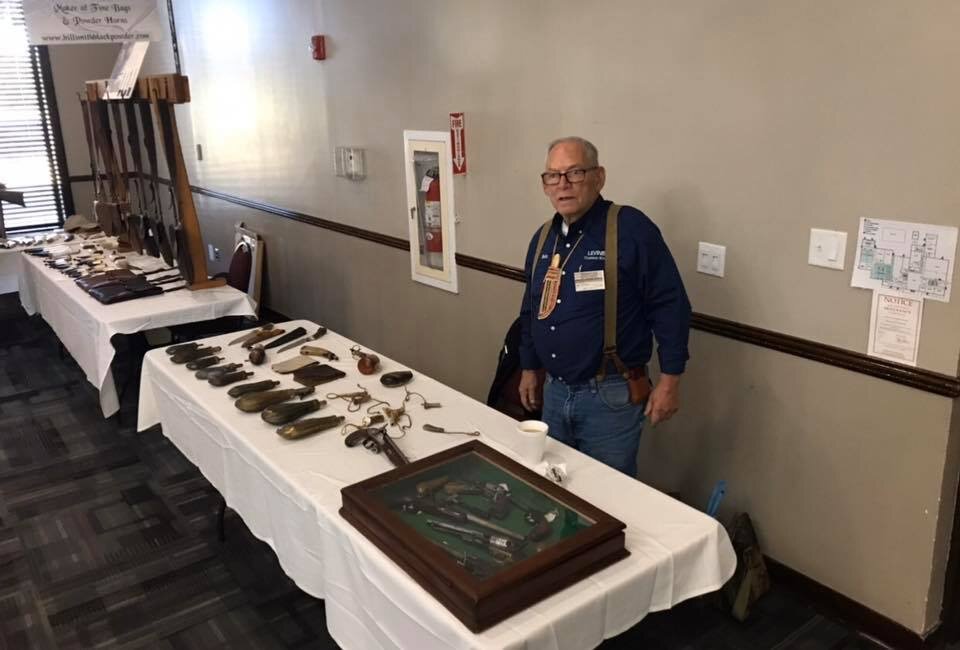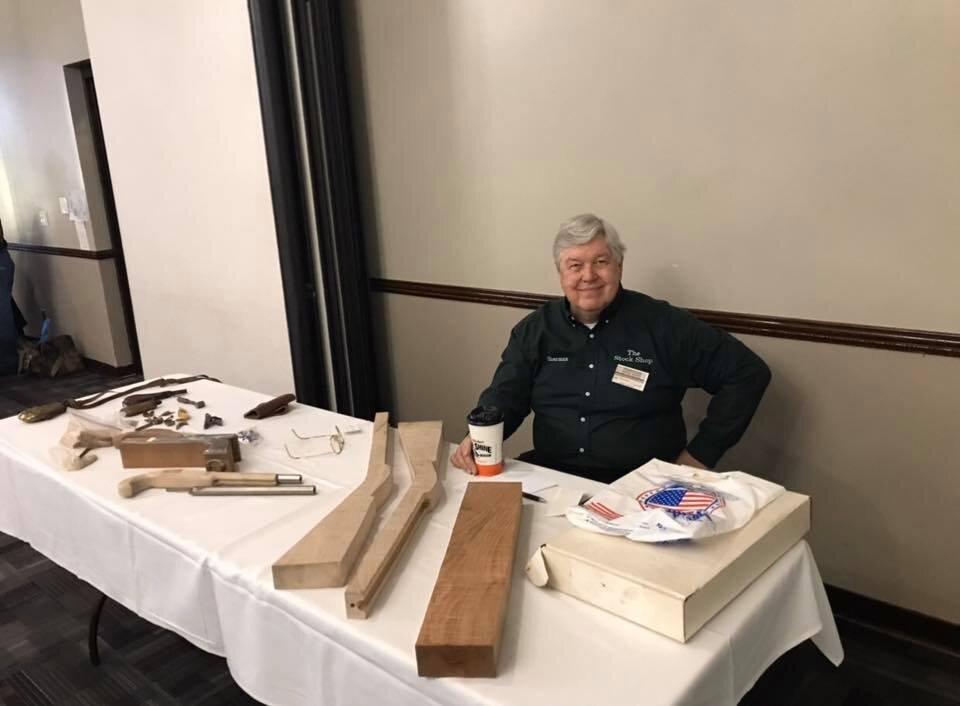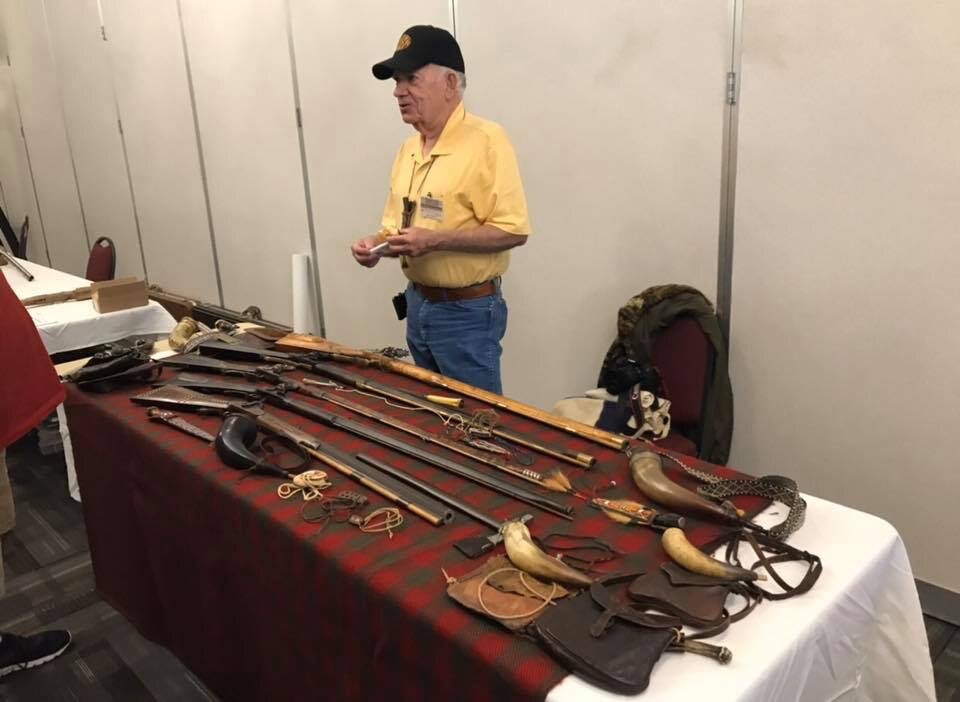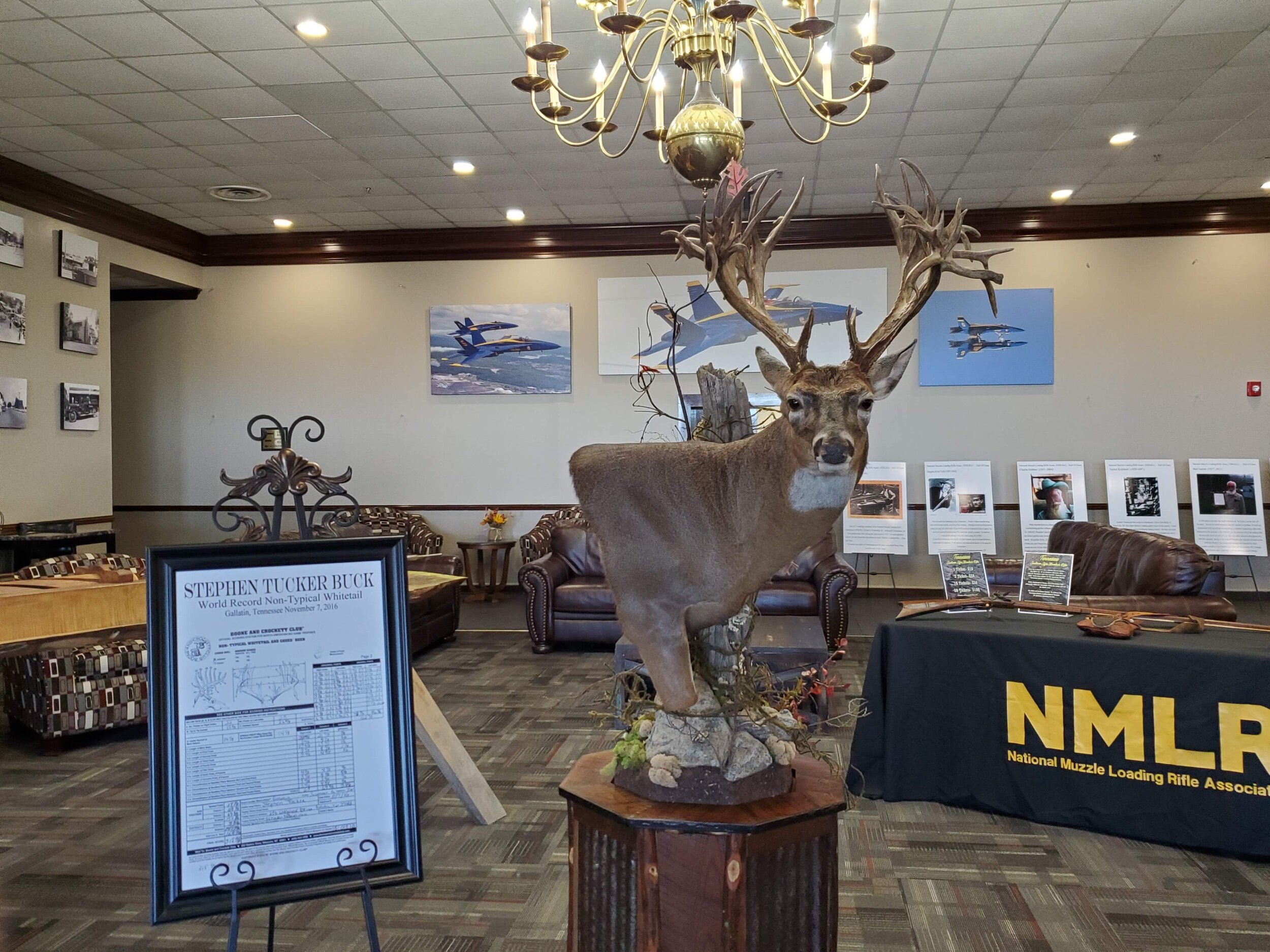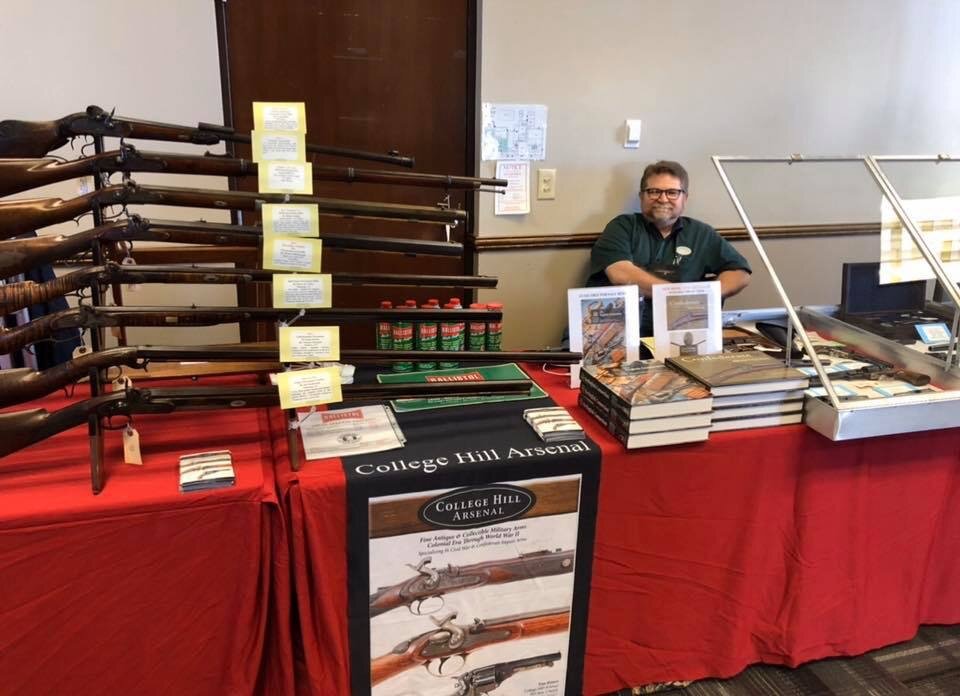By mid-afternoon of March 23, 1862, the crossroads hamlet of Kernstown, Virginia was nervously eyed by the Confederacy's Valley Army. Under the command of Major General Thomas J. Jackson, the Rebels had been on the run for the previous eleven days and were eager to turn the tables on their Yankee pursuers. Better known simply as "Stonewall", Jackson had earned his nom-de-guerre for tenacious fighting at the First Battle of Mannassas in July 1861. A West Point graduate and former professor at the Virginia Military Institute, he combined his professional training with an innate tactical ability that eventually earned him a near perfect battlefield record. His unconventional genius for strategic operations, still studied today in military academies across the globe, ranks him as one of the greatest soldiers in American history.
But in the fight that was to unfold on the fields and hills of Kernstown, Jackson was faced by the most unlikely of opponents. Though two Federal generals were within minutes of the battlefield, command of Union forces devolved, through an unlikely turn of events, on an obscure Hoosier colonel with limited combat experience. Fated to confront the legendary Stonewall, and the greatest challenge of his life, was an affable citizen soldier from Martin County, Indiana - Nathan Kimball.
Born in Fredericksburg, Indiana on November 22, 1822, Kimball possessed both ambition and a keen intellect that early marked him for leadership. Graduating from Indiana Asbury College in 1841, he briefly supported himself as a schoolteacher before settling on a medical career.
By 1845, Kimball had taken a degree at the University of Louisville, married, and settled in Washington County where Kimball opened a thriving practice. His successful career as a country physician, however, was put on hiatus by the outbreak of the Mexican War in 1846. Kimball, already a highly respected member of his community, raised a company of volunteers and led the men to war when they were assigned to the 2nd Indiana Infantry.
The young captain gained valuable experience during Zachary Taylor's campaign in northern Mexico, but the regiment's performance at the Battle of Buena Vista on February 23, 1847 proved an embarrassment that would haunt the state for decades. In the face of an impending Mexican bayonet charge, the green troops of the 2nd panicked, fled in disorder, and virtually unhinged the American line. A near disaster was averted by the likes of Kimball, who desperately attempted to rally the remnants of his company.
Despite a hard-fought American victory, the conduct of the 2nd, considered scandalous during the aftermath of the war, was a source of much recrimination. Ultimately, blame for the regiment's collapse fell on its commanding officer, Colonel William Bowles of Orange County; the regiment's junior officers, including Kimball, largely escaped the imbroglio with their reputations intact.
Following the war, Kimball moved his practice to Martin County and clumsily threw his hat into the political arena. A member of the defunct Whig party, Kimball lost an election to the state senate in 1847, and likewise failed in his bid for a seat at the electoral college in 1852. When the Republicans formed in 1854, Kimball cast his lot with the new party.
The ascendancy of the Republicans in the 1860 presidential election of Abraham Lincoln proved a watershed event for a divided nation, and the subsequent secession crisis and outbreak of civil war once again saw Kimball don a uniform. As he had in 1846, he raised a volunteer company from Martin County and was elected its captain. He was, however, quickly commissioned colonel of the new regiment, the 14th Indiana. Kimball not only had the right political affiliation for such an appointment, he was the only officer in the regiment to possess any appreciable military experience.
Largely recruited from the farmhands and laboring class of southwestern Indiana, the regiment was woefully ill prepared for active campaigning. The enlisted men were entirely unaccustomed to military discipline and the regiment's officers, elected from the ranks, were little better. Kimball had a scant two months in which to train his men before they were ordered to the front in July 1861.
Assigned to the rugged hills of western Virginia, the 14th spent several miserable months operating against rebels on Cheat Mountain, but the haste of pressing the poorly trained Hoosiers into action soon told. Unseasonably foul weather and plain homesickness combined to drain the spirits of the inexperienced soldiers; by the end of August, morale was considerably degenerated Stirred by a handful of malcontents, the men fell under the delusion that they could not be held in the service past three months and a virtual mutiny was threatened. A semblance of order was restored following a disciplinary crackdown which included a handful of courts-martial.
Despite the rough start, Kimball transformed his rough-hew Hoosiers into real soldiers over the following winter. The troops proved adept at complaining - the eternal prerogative of the soldier - but Kimball rarely became the object of their ire. "He is a meticulous soldier," observed one private, "and he loves his men, and they all know it, and so they love him." This sincere concern for their welfare inspired a trusting devotion from the men who, it was said, "would follow him anywhere and anytime, and against any odds." Such sentiment would be desperately needed the following year.
The spring of 1862 saw an ambitious Federal attempt to end the war by one great thrust for the Confederate capital. Major General George McClellan, commanding the Army of the Potomac, devised a grand plan to seize Richmond not by an overland campaign but by a massive amphibious operation that would unexpectedly threaten the city from the east. President Lincoln gave grudging approval to the operation on the emphatic condition that McClellan would make certain the defense of his own capital and, in the president's words, "Leave Washington secure." McClellan consequently ordered his army's V Corps, then stationed in the Shenandoah Valley, to position itself in northern Virginia and thereby cover the approaches to Washington.
Events in the Valley seemed to favor such a move. In the first week of March, V Corps commander Major General Nathaniel Banks had moved against Stonewall Jackson's Valley Army and forced the Confederates to evacuate Winchester, the most vital road hub in the northern Shenandoah. With the outnumbered Rebel army on its heels, it was thought safe to transfer the V Corps toward Richmond.
Jackson was equally determined to forestall such a move. Under orders to keep Federal troops in the Shenandoah from cooperating with McClellan, Stonewall acted quickly when, on March 21, he was informed that the V Corps appeared to be headed out of the Valley. "Apprehensive that the Federals would leave this military district", he wrote, "I determined to follow them with all my available forces."
The V Corps' exit from the Valley was indeed imminent. General Banks, in making preparations to move his command, was likewise of no mind to leave the northern Shenandoah wide open to a Confederate thrust, and he stationed his 2nd Division, under Brigadier General James Shields, in the environs of Winchester.
On March 22, the vanguard of the rebel army appeared at Kernstown, about two miles south of Winchester. Shields deployed troops to counter what he considered to be a mere Confederate demonstration, but while reconnoitering that evening was unexpectedly struck by shellfire. Rushed back to Winchester, army doctors discovered that the general's left arm was broken, his shoulder and side painfully injured, and he struggled to remain conscious. While Shields lay in bed, he passed command of the division to his senior brigade commander, Colonel Nathan Kimball.
Kimball, though he had yet to receive a brigadier's star, had been advanced to brigade command that winter. However, at daybreak on March 23, 1862, the unassuming Hoosier officer had barely commanded more than a company of men in pitched battle.
It was a Sunday morning, and most Union troops expected an uneventful day in camp. Shields, slowly recuperating in Winchester, conferred with Banks and both agreed that the previous day's fight had merely been the result of an unimpressive rebel cavalry probe. Banks made plans to leave town that afternoon.
When fighting resumed around 9:00 A.M., Kimball confronted the Confederate skirmishers and quickly consolidated his own position around Pritchard's Hill, an eminence that commanded the Valley Turnpike, the area's primary north-south thoroughfare. From his sickbed in Winchester, Shields encouraged Kimball to press forward from his Pritchard's Hill position and drive in the enemy skirmishers, admonishing that "there is no force before you but that we encountered the other day."
Kimball demurred. Sensing that a greater Confederate force was in the area, he called up the rest of the division to bolster his Pritchard's Hill line and maintained a defensive posture. For three hours, Kimball sparred with the Confederates in his front and refused to budge.
By 1:30, Shields grew exasperated with the static situation and forwarded yet another order for Kimball to press the attack. Convinced that the enemy had not yet shown his "real strength", Kimball made the decision to disobey Shield's direct order. He later explained that the general could not possibly "comprehend the situation, the strength of the enemy, nor the positions held by the respective forces, and satisfied that from his bed in the city five miles to the rear he could not properly conduct the movements which might be required by the exigencies of the situation, I determined to remain on the defensive and in the position now held by my line."
Kimball's caution was not misplaced. Soon after he refused Shield's second order, the bulk of Jackson's force made its appearance two miles to the south. Surprisingly, the famed Confederate commander never intended to launch an attack that morning. An intensely devout Presbyterian, Jackson was entirely disinclined to give battle on the Sabbath, but following erroneous reports that he was opposed by just one Federal brigade, he felt obliged to throw his entire force into the fight and dislodge the Federals from Pritchard's Hill. The pious Jackson offered an apologetic explanation of his decision to hit the Federals on the Lord's Day. "Important considerations," he explained, "rendered it necessary."
He was, however, not foolish enough to approach Pritchard's Hill head on. Moving his troops west of the turnpike, Jackson aimed for a low ridge that angled southwest to northeast. Known to locals as Sandy Ridge, the position dominated the surrounding terrain, including Pritchard's Hill, and led menacingly to Kimball's right and rear. When Confederate artillery unlimbered on the ridge and began lobbing shells on Kimball's position, the colonel realized he had been outmaneuvered and was in a precarious position. He immediately began shifting troops for a desperate assault on Sandy Ridge.
Oddly enough, both Kimball and Jackson labored under erroneous assumptions regarding his opponent's strength. Kimball, with roughly 5,000 men at his disposal, grossly overestimated Jackson's force as exceeding his own. Jackson, commanding under 3,000, badly underestimated the Yankees at just one brigade, not an entire division. When one of his staff officers finally observed the bulk of Kimball's force and reported the error, the imperturbable Stonewall greeted the shocking news with characteristic calm. "Say nothing about it," was his response, "we are in for it."
As the fight developed, both sides were in for a severe mauling. The farm fields that crowned Sandy Ridge were crisscrossed by a network of stone and rail fences that offered a marked advantage to any defender. Jackson, finally realizing that he was outmatched and therefore incapable of seizing Winchester, contented himself with holding his position until he could withdraw his forces after nightfall.
At approximately 4:00 P.M., the first Federal troops launched their assault on Sandy Ridge. Advancing in the face of determined Confederate troops who were well protected behind a stone wall, the Union men braved a withering fire and were felled by the dozens. Kimball dispatched further reinforcements to bolster the attack, but regiment after regiment stalled in front of the ready-made Confederate breastworks. Having been forced to hurriedly shift their position near Pritchard's Hill in order to deal with the rebels on Sandy Ridge, the Federals largely went into action piecemeal. In the confusion of the fighting, their disjointed attacks failed to take full advantage of their numeric superiority.
Despite the high cost in lives, the attack slowly succeeded in weakening the Confederate lines. In order to counter the mounting pressure from Kimball's troops, Jackson was forced to extend his line further toward the Valley Turnpike in order to protect his right flank. Stonewall's maneuvering succeeded in blunting continued Federal attacks, but in the process his own lines were stretched to the breaking point.
The fierce fighting on Sandy Ridge shocked the most experienced of troops. Civilians in Winchester were horrified by the sound of battle. A “most terrible and long continued musketry" one described it, "not volley after volley, but one continued fearful roll." Kimball noted the raging "fury" of the battle and even Jackson, a grizzled veteran with two decades of experience, said that he did not recollect "having heard such a roar of musketry."
By 5:00 P.M., such brutal fighting had produced little more than a bloody stalemate. The armies had grappled for over an hour with few results other than dead and wounded men. Determined to break Jackson's lines before nightfall, Kimball ordered one of his last unbloodied regiments toward the inferno on Sandy Ridge: the Hoosiers of the 14th Indiana.
Subsequent to Kimball's promotion to brigade command, leadership of the regiment fell to Lieutenant Colonel William Harrow. A Knox County attorney, Harrow possessed a brash, no nonsense personality that failed to earn him the affection of the men in the ranks. Destined for divisional command before war's end, the hard-driving Harrow laid the foundation of an aggressive command style as he led his 450 men at the double-quick toward the firing line.
As the troops mounted the slope of Sandy Ridge, the entire hillside was shrouded in gun smoke. When what seemed to be gray clad soldiers appeared to the front, the jittery Hoosiers opened fire. A lone figure darted toward the regiment, frantically calling on them to hold their fire; in the confusion, they had inadvertently opened up on the rear of the 5th Ohio. The Buckeyes' commander, Lieutenant Colonel John Patrick, urged the Hoosiers to the left, where, he shouted, they would meet with "plenty of secesh."
The regiment wheeled into action on the extreme left of the Federal line. Determined to do their duty, the men "marched up to their places as deliberately as if on drill." At the first Confederate volley, the regimental standard bearer fell. His companion who carried the national flag then lifted and waved both banners, only to be shot down "in about two seconds."
Men began to fall, and one soldier thought that the sound of bullets slamming into his comrades was eerily similar to the sound of beating carpets clean back home. The 14th Indiana had entered a maelstrom. About 90 yards to the front, "a long wreath of blue smoke settled over a low stone wall," recalled one Hoosier, "out of this a fire flashed constantly. Between our line and this wall the dead and wounded lay in heaps." Harrow's soldiers faced the grim brutality of combat in different ways. Some, paralyzed with fear, fell to the ground; most stoically stood their ground and exchanged fire with the enemy. But in a singular instance of personal heroism, the actions of a private from Company G would alter the course of battle.
Paul Truckey, a carpenter from Vincennes, leapt forward, and, waving his rifle aloft, cried out "Come on, boys!" He then sprinted "headlong after the rebels as a dog would chase a rabbit, loading and firing as he went." Galvanized by Truckey's action, a number of voices were heard to cry out "forward" and the entire regiment spontaneously dashed for the rebel line.
When the Yankees were within twenty yards of the stone wall, Lieutenant Colonel John Patton of the 21st Virginia received, virtually simultaneously, a withdrawal order from his brigade commander. Having already been worn down by repeated Federal attacks, the rush of oncoming Hoosiers was more than the Confederates could withstand. Finally released from the fight, the Virginians scattered from the ridge.
The flight of the 21st Virginia, which occupied the extreme right of Jackson's army, exposed his flank and caused a general collapse of his battle line. Kimball's entire division then pressed its advantage and closely pursued the enemy. Federal units became hopelessly mingled in the confusion and Captain Elijah Cavins of the 14th Indiana recorded that "The Confederates fell back in disorder, and we advanced in disorder just as great, over stone-walls and over fences, through blackberry-bushes and undergrowth…brigades, regiments, and companies advanced in one promiscuous, mixed, and uncontrollable mass. Officers shouted themselves hoarse in trying to bring order out of confusion, but all their efforts were unavailing."
The retreating rebel army retired slowly and "continued to make it very hot for our men," rallying "in every ravine and behind every hill - or hiding singly among the trees." A complete rout of Confederate forces was averted by such stubborn fighting, and nightfall enabled Jackson to withdraw his battered army from the field.
A frightful price had been paid for the northern victory. Jackson reported a total loss in killed, wounded, and missing of 718; Kimball reported 590 casualties. The 14th Indiana suffered 54 overall casualties. A Federal surgeon's memories of the ghastly battlefield sadly humanized such cold statistics. "Oh, what a sight," he recalled, "legs smashed, heads torn off, faces mangled, arms shattered, pools of blood, bowels protruding, and every conceivable mutilation."
Ironically, Jackson's tactical defeat at Kernstown turned into a strategic victory for the Confederacy. Alarmed by the rebel attempt on Winchester, Federal authorities immediately ordered Banks’ V Corps back into the Valley, frustrating McClellan's overall efforts to secure reinforcements for his Peninsula Campaign. Over the succeeding three months, Jackson's Valley Army outmarched, outmaneuvered, and outfought its Federal opponents in a string of victories from one end of the Shenandoah to the other. Known simply as the Valley Campaign, Stonewall's brilliant generalship against overwhelming odds secured his place in the pantheon of America's military leaders. The fight at Kernstown constituted the single instance in which the Confederate legend was defeated on the battlefield.
General Shields, who resumed command of the 2nd Division on April 30, initially gave Kimball credit for the victory. Shields offered his thanks for Kimball's independent management of the battle, and commended the colonel "for his devotion to the interests and honor of the command and the signal service he has rendered it in this emergency."
At the same time, Shields was encouraging erroneous newspaper accounts of the battle that credited him with command at Kernstown. His official report of the engagement was little more than an inaccurate and blatant attempt to personally capitalize on the victory. In it he claimed to have been the mastermind of Federal strategy on March 23, and asserted that Kimball had simply "executed my orders." Nathan Kimball naturally bristled at such fast and loose treatment of the facts. In a letter to a friend, he insisted that "I had full command and planned and directed the movements of the entire fight in person…You will not wonder, therefore, that I am annoyed at seeing the garbled and false accounts that have appeared in the newspapers."
Kimball went on to serve with distinction through the remainder of the war, ultimately earning the rank of brevet major general. Gravely wounded at Fredericksburg, he was nominated for lieutenant governor of Indiana in 1863 but refused the offer in order to stay with his men. Later transferred to the western theater, he commanded troops at Vicksburg, Atlanta, Franklin, and Nashville.
Following the end of the war, Kimball resumed his private practice and re-entered politics. He became the first commander of the Grand Army of the Republic in Indiana, and served as state representative from Marion County. In 1873 he was appointed Surveyor General of Utah Territory; briefly working as government physician at the U.S. Indian Agency in Fort Hall, Idaho, Kimball became the postmaster in Ogden, Utah, where he passed away on January 21, 1898.
For Nathan Kimball, recognition as the only Federal officer to best Stonewall Jackson has proven somewhat elusive. As a result of the false accounts of the battle that began circulating in the spring of 1862, most popular histories of the war, to this day, generally credit the victory at Kernstown to the bed-ridden and incapacitated General Shields. Though often slighted by history, Kimball was always defended by his men. "The Hoosier soldiers love Col. Kimball," explained a member of the 14th Indiana. The victory at Kernstown “was won by our forces under Colonel Kimball. The honor is his, and he should have accredited to him what his merit deserves."
This article was originally printed in Muzzle Blasts Magazine. A digital archive of every Muzzle Blasts magazine is available online to all NMLRA members.
NMLRA.org
Muzzle Blasts on Instagram
NMLRA on Facebook
NMLRA on Youtube
Muzzle Blasts Podcast






